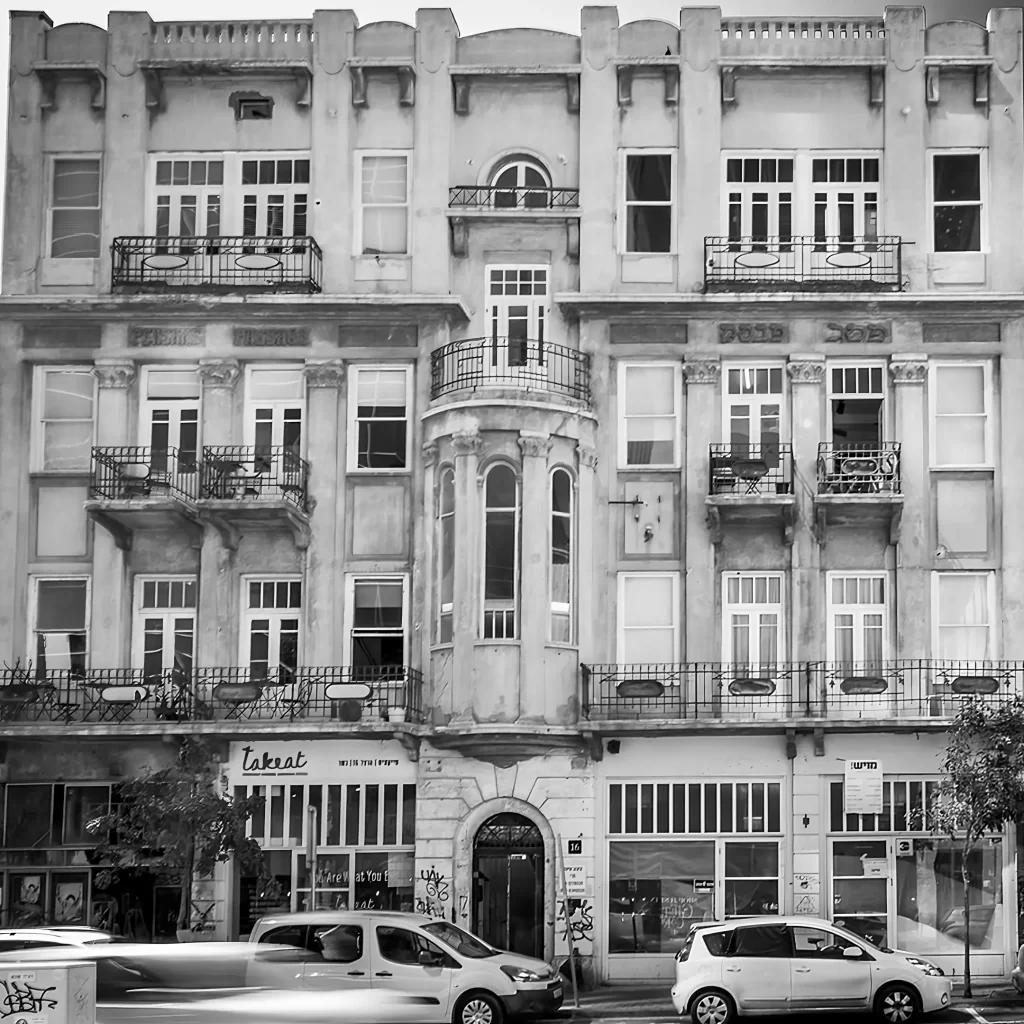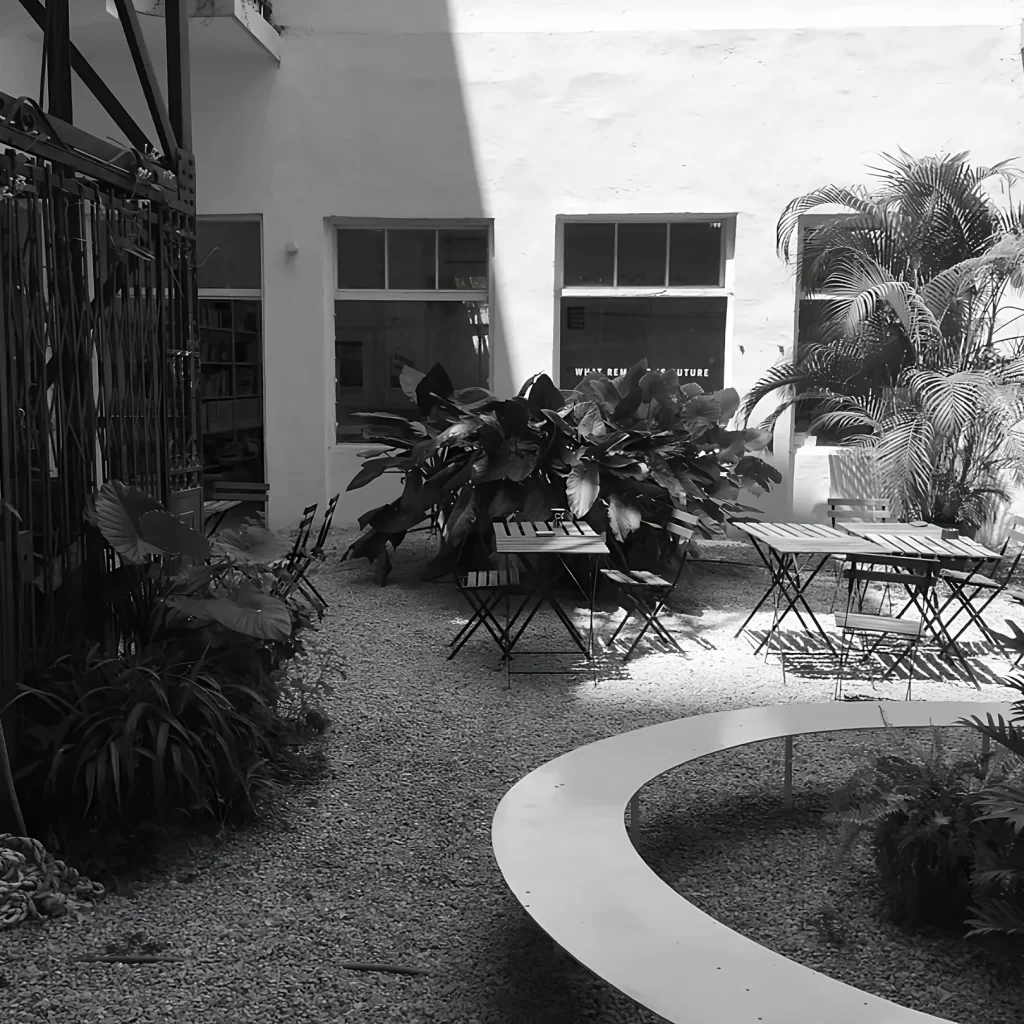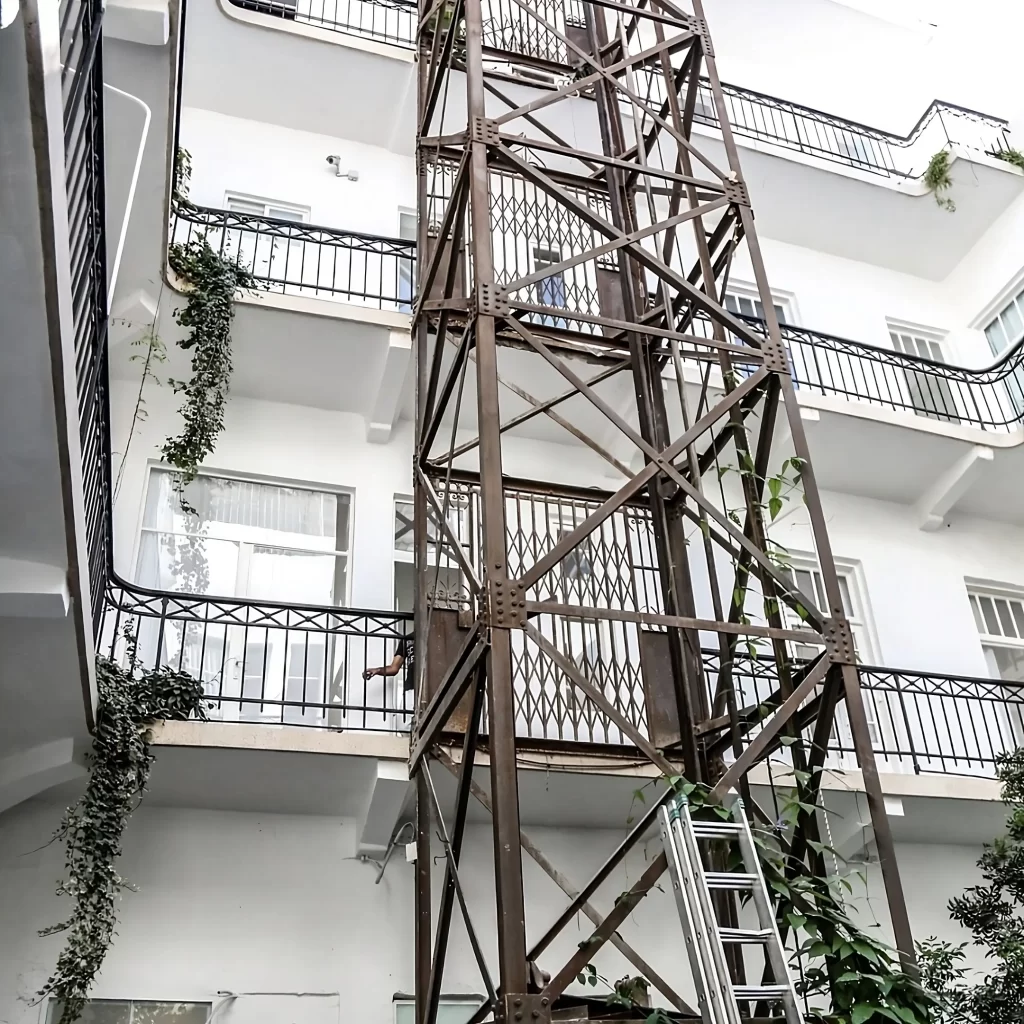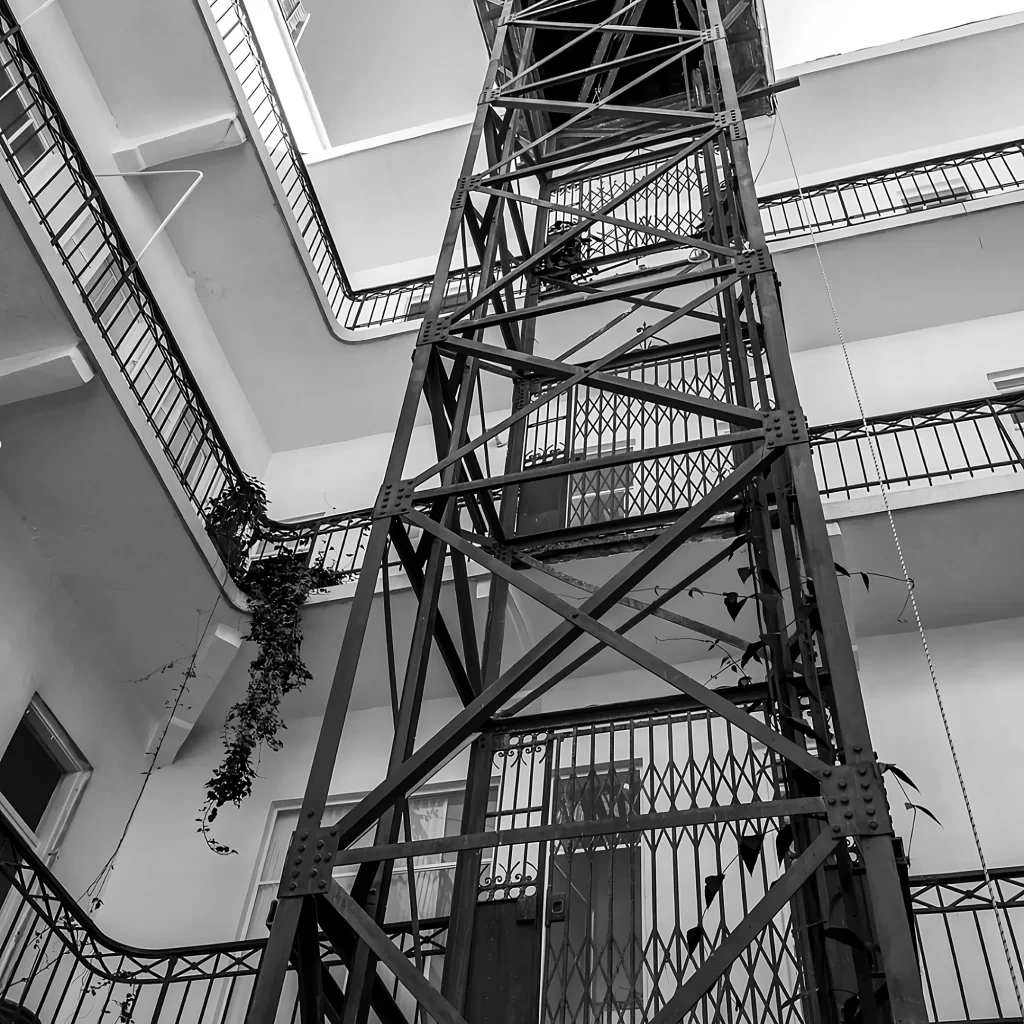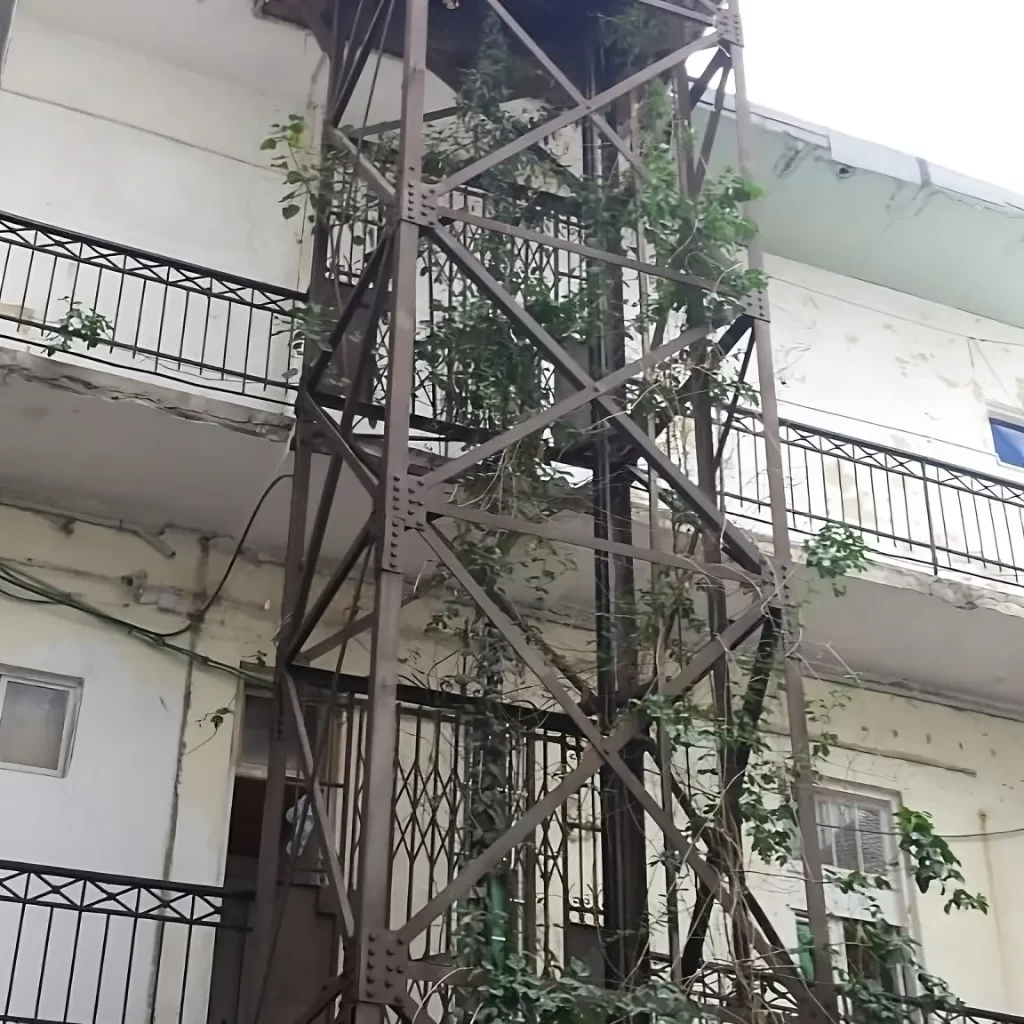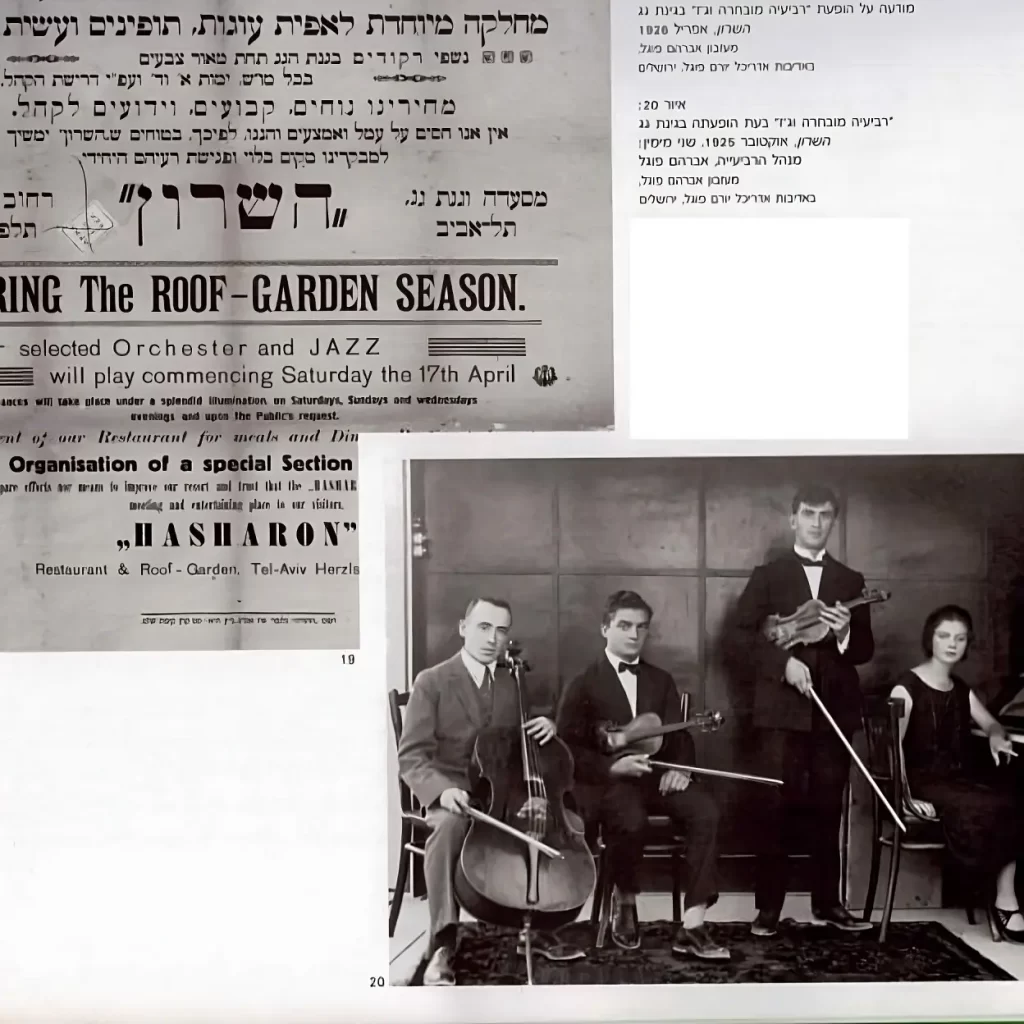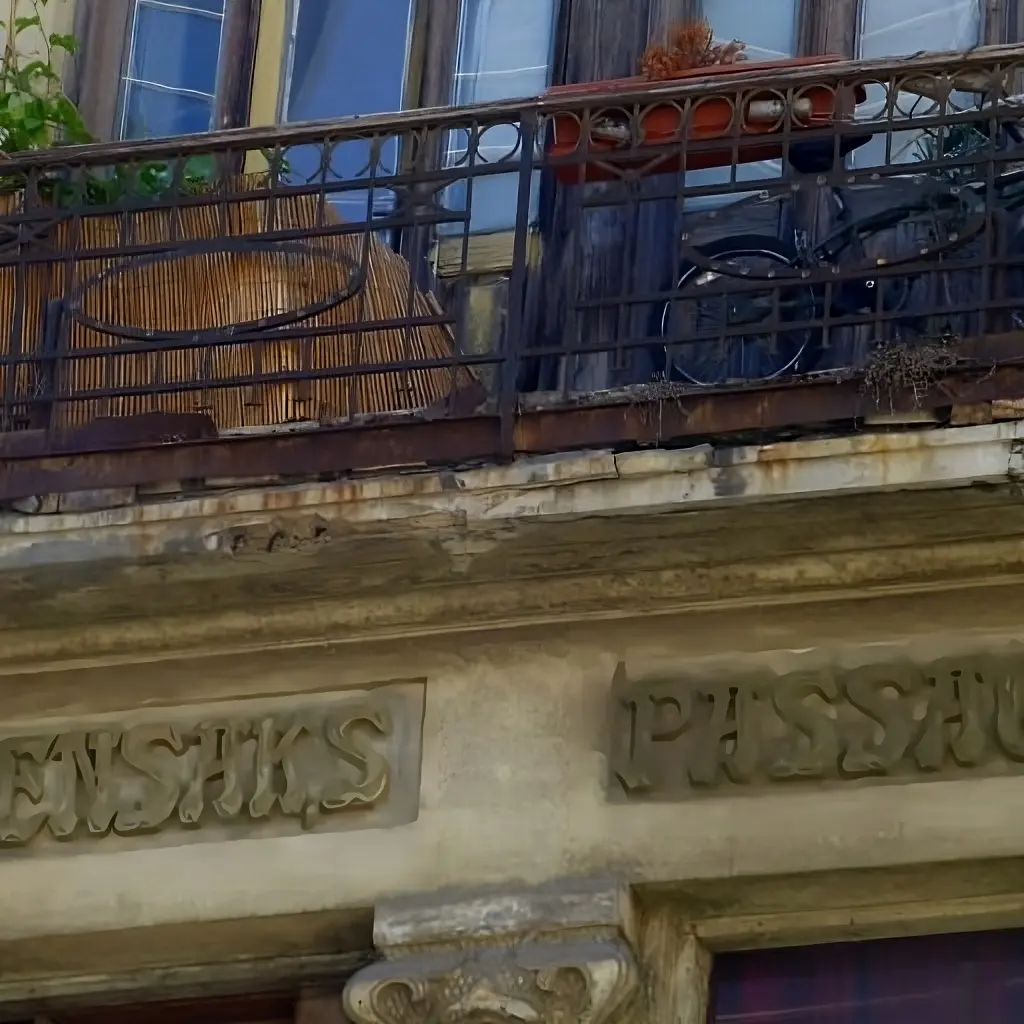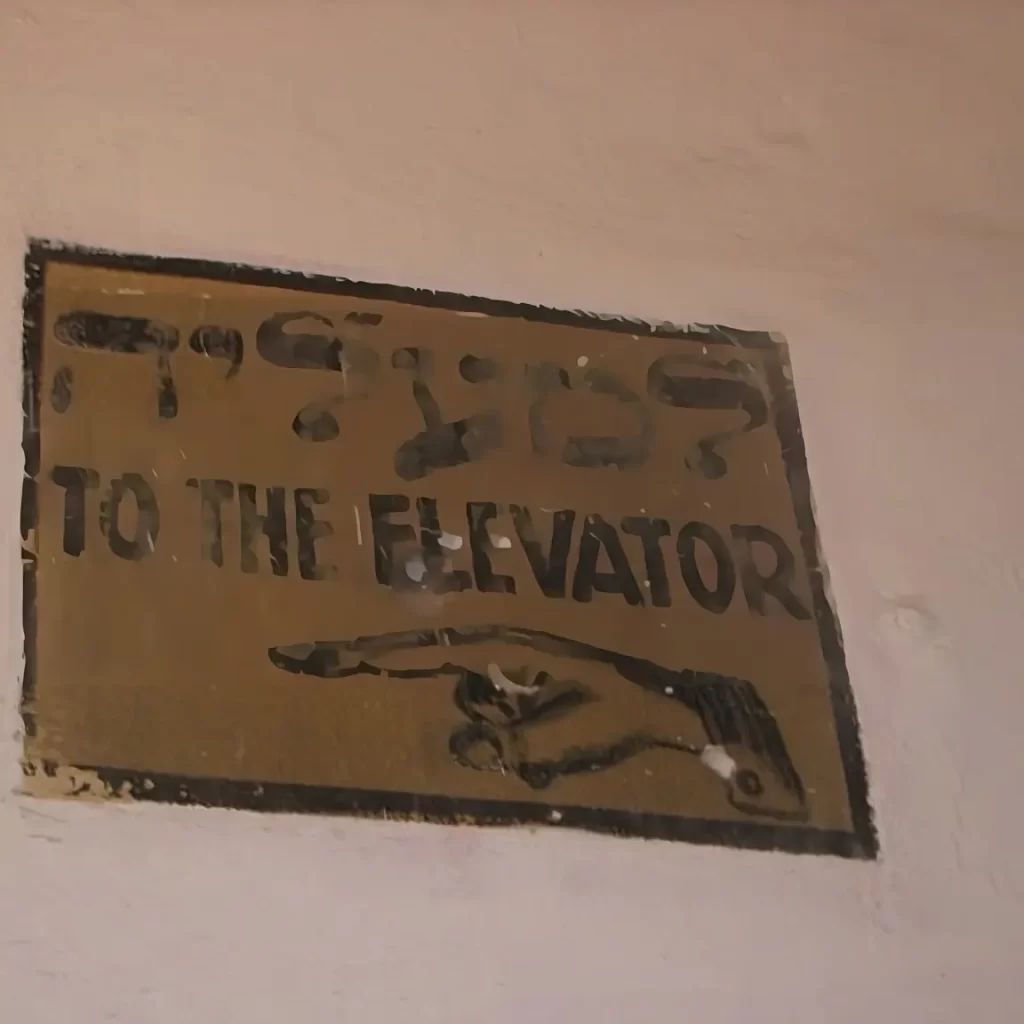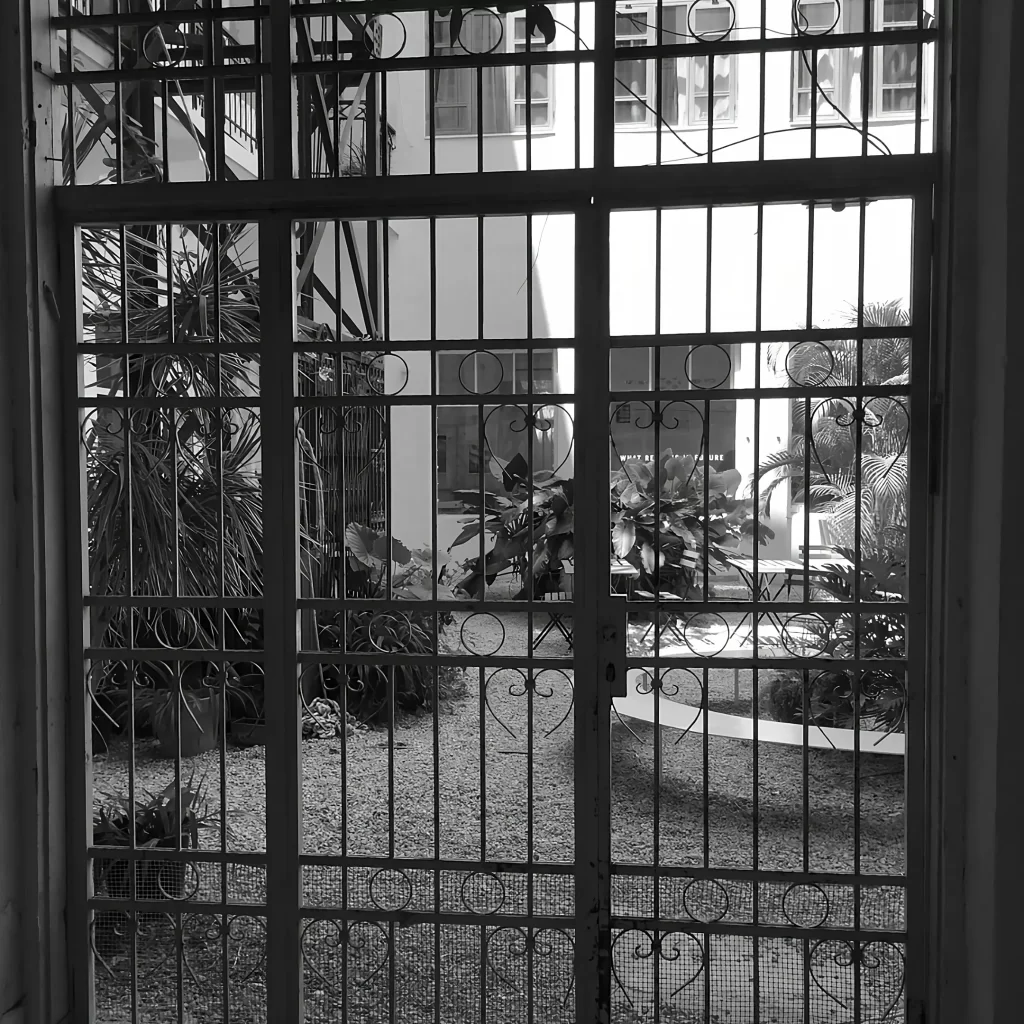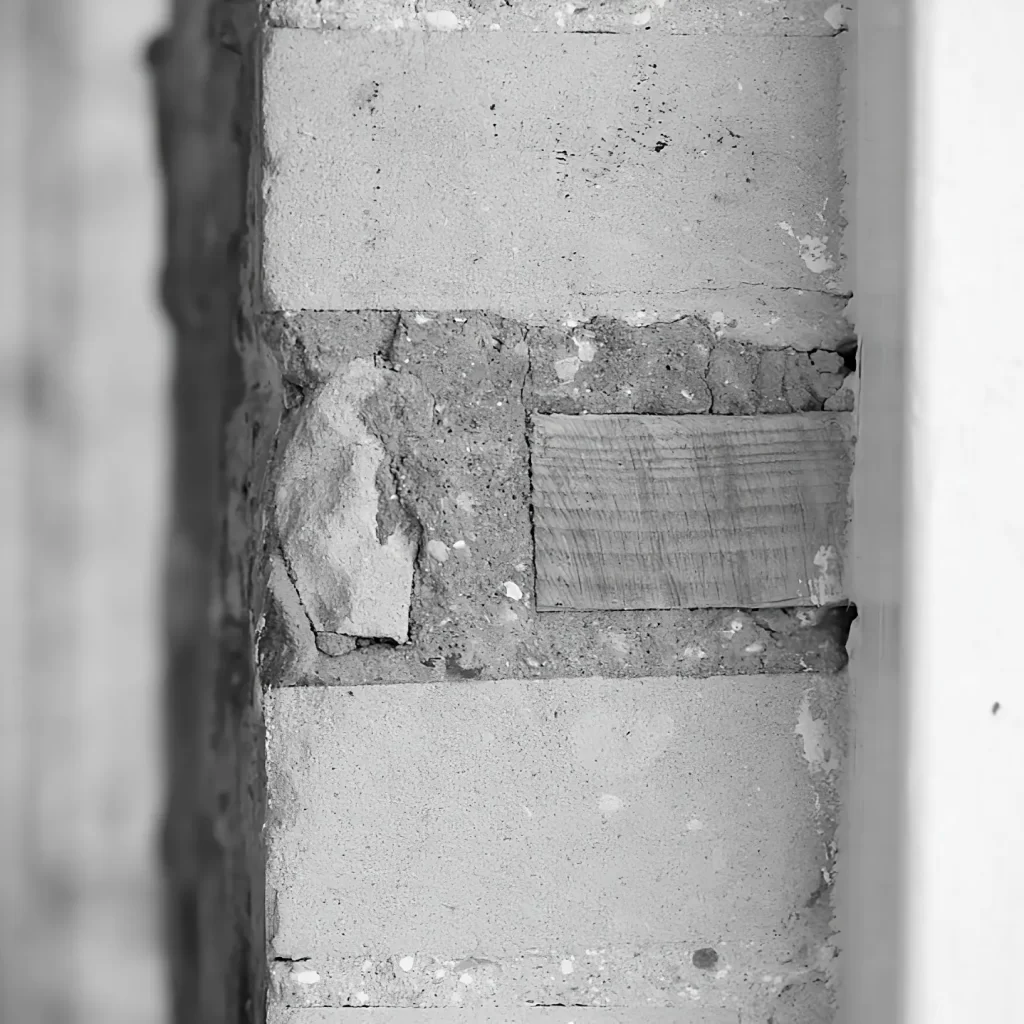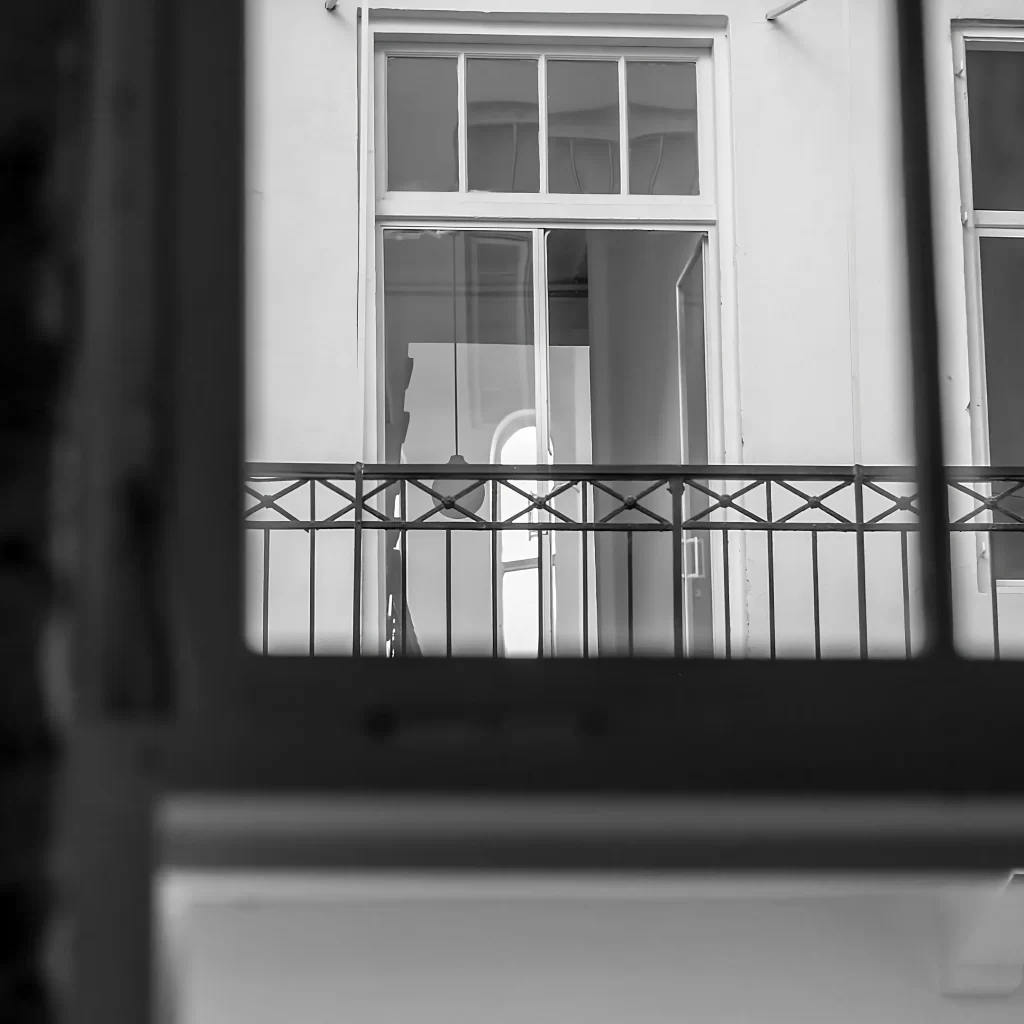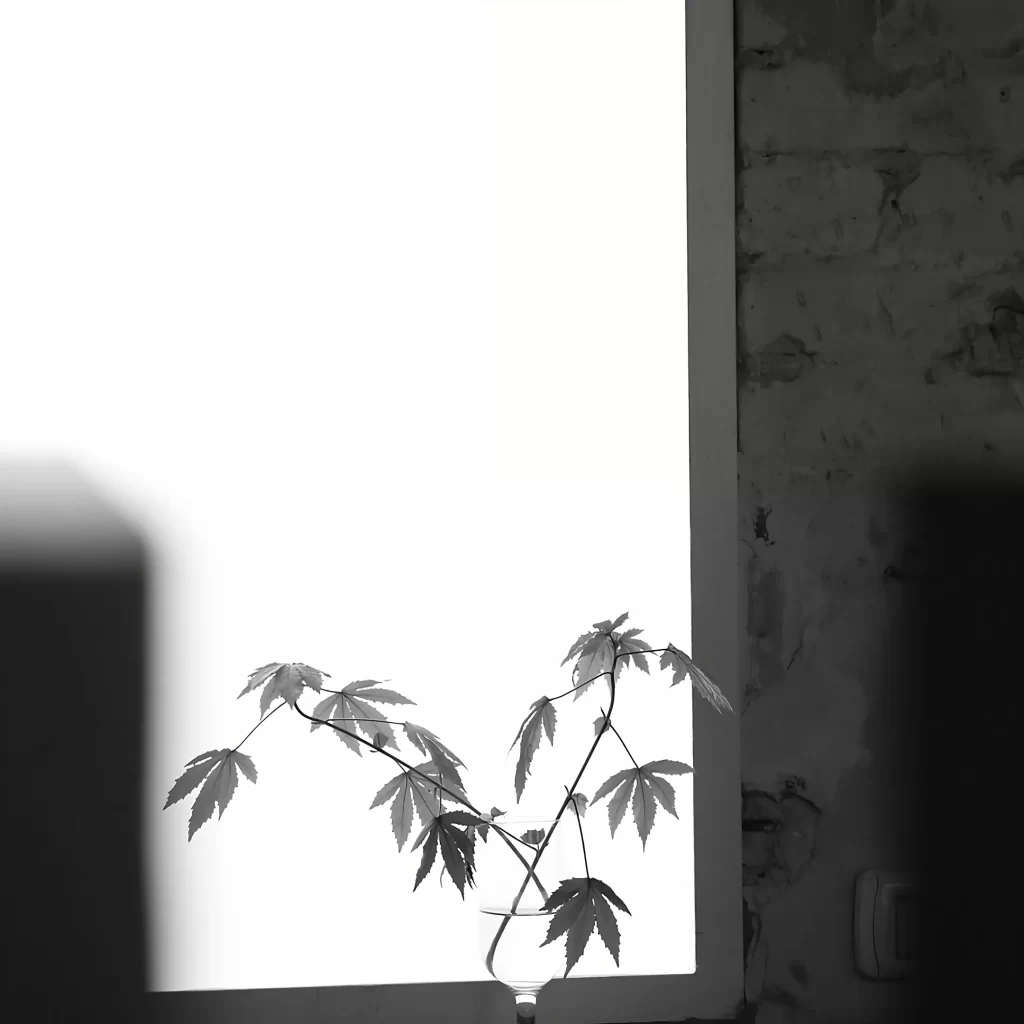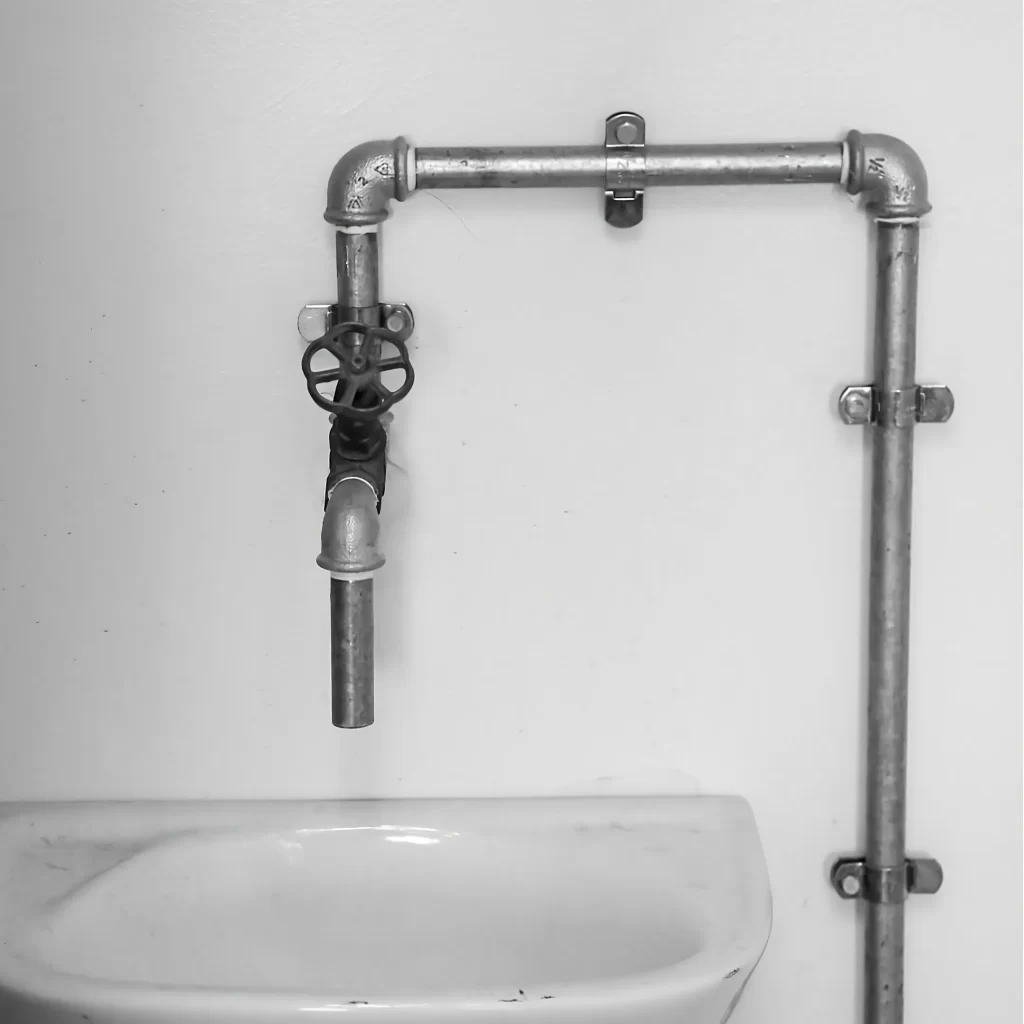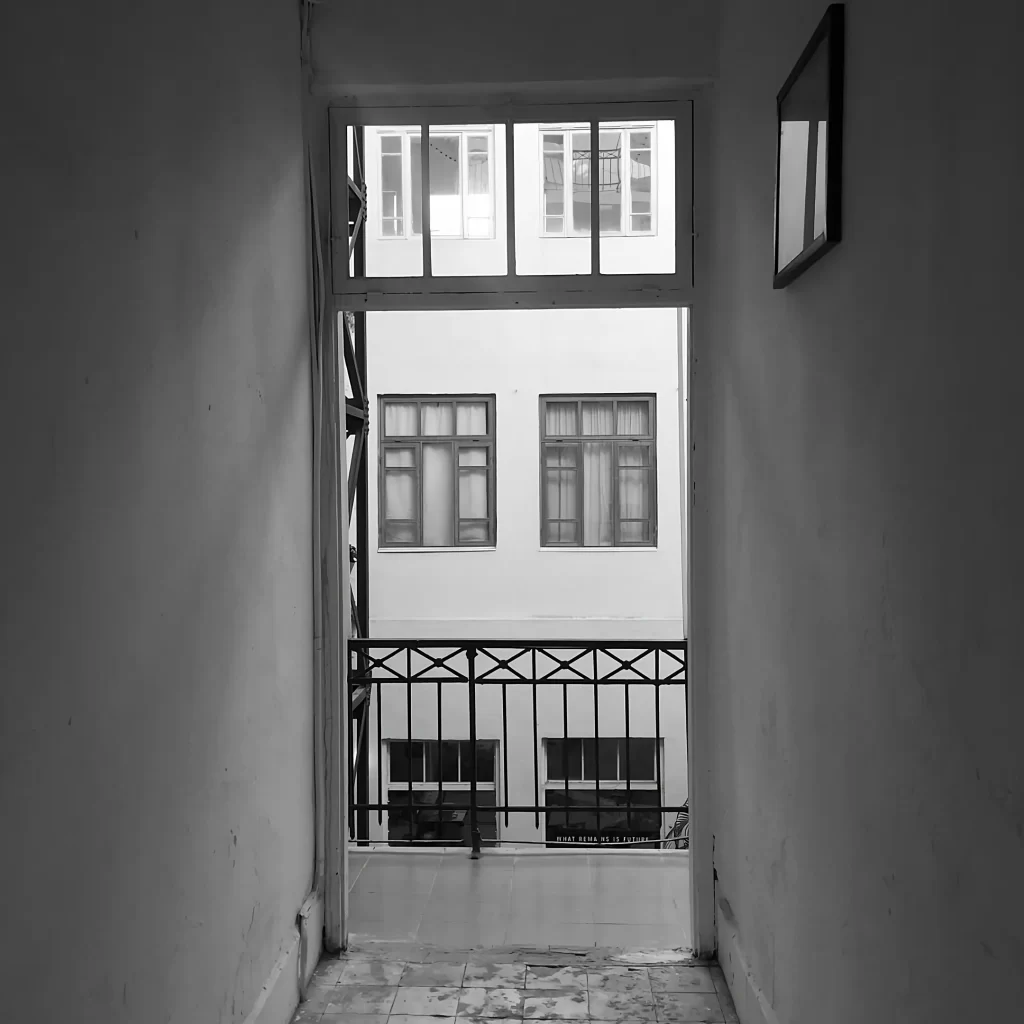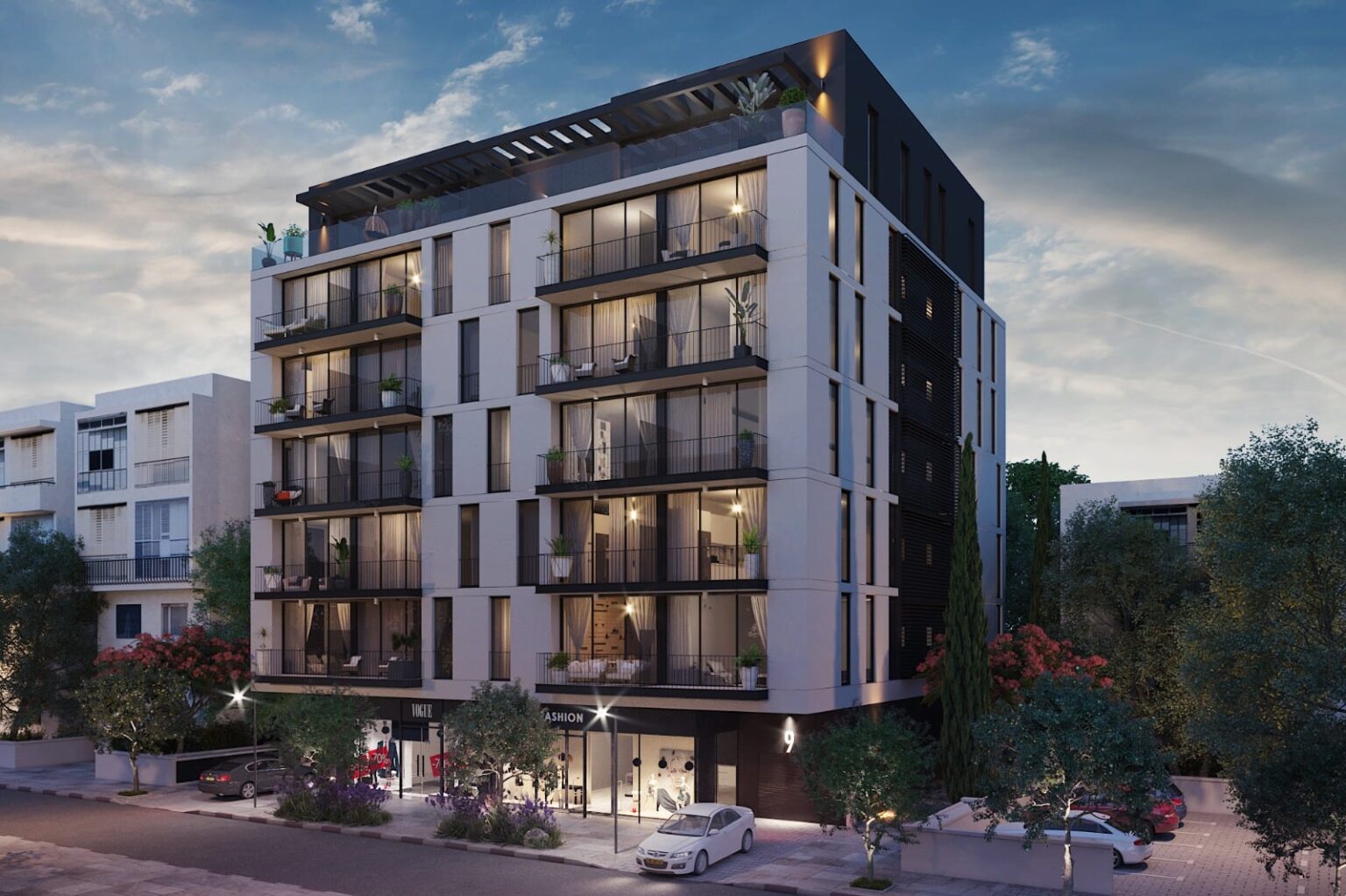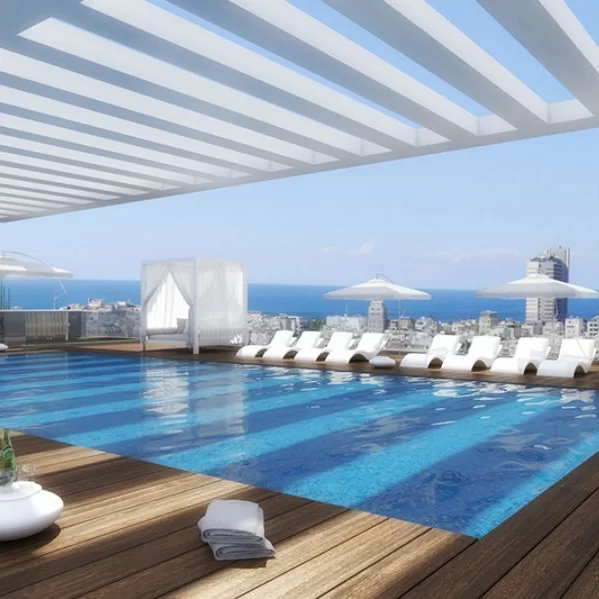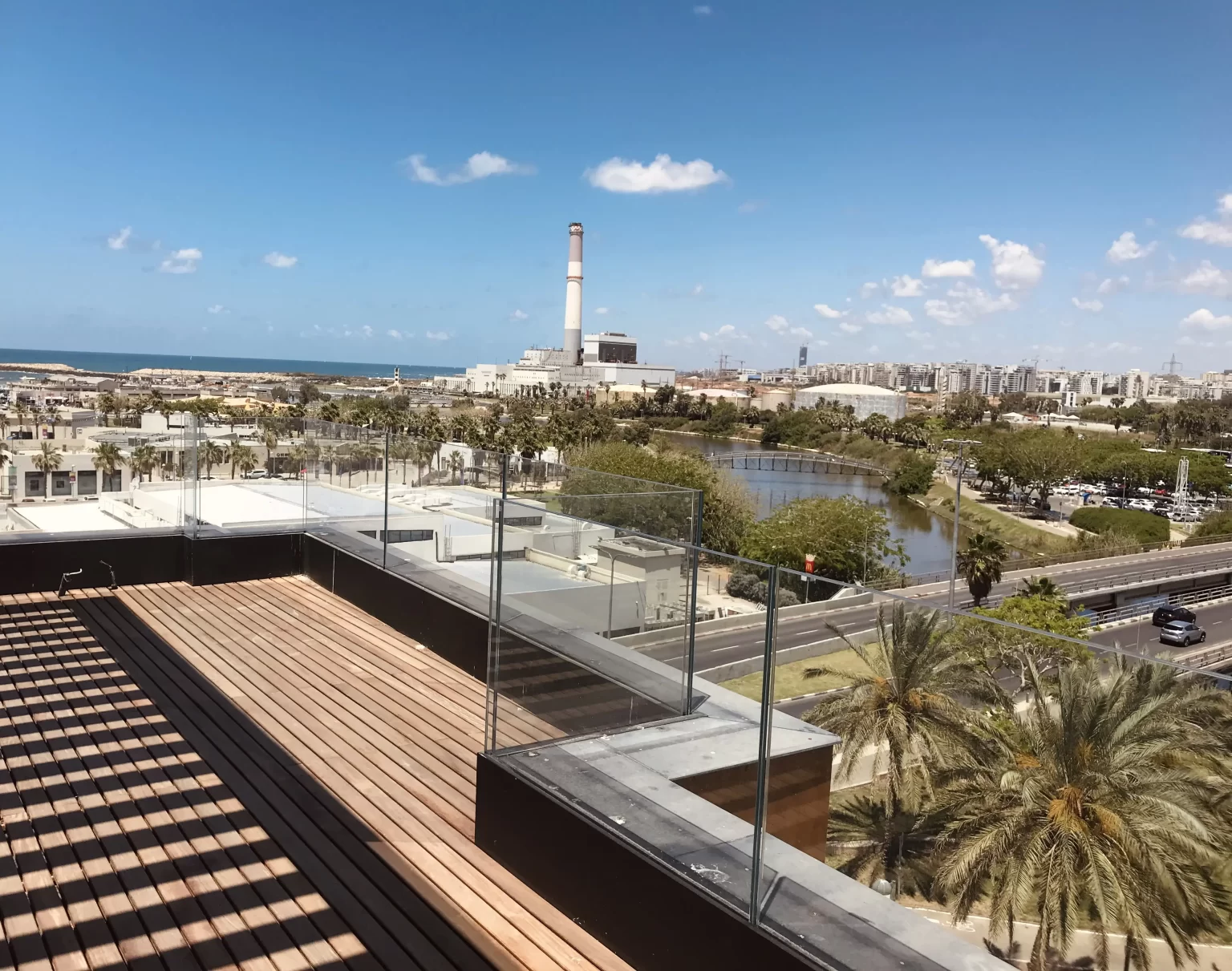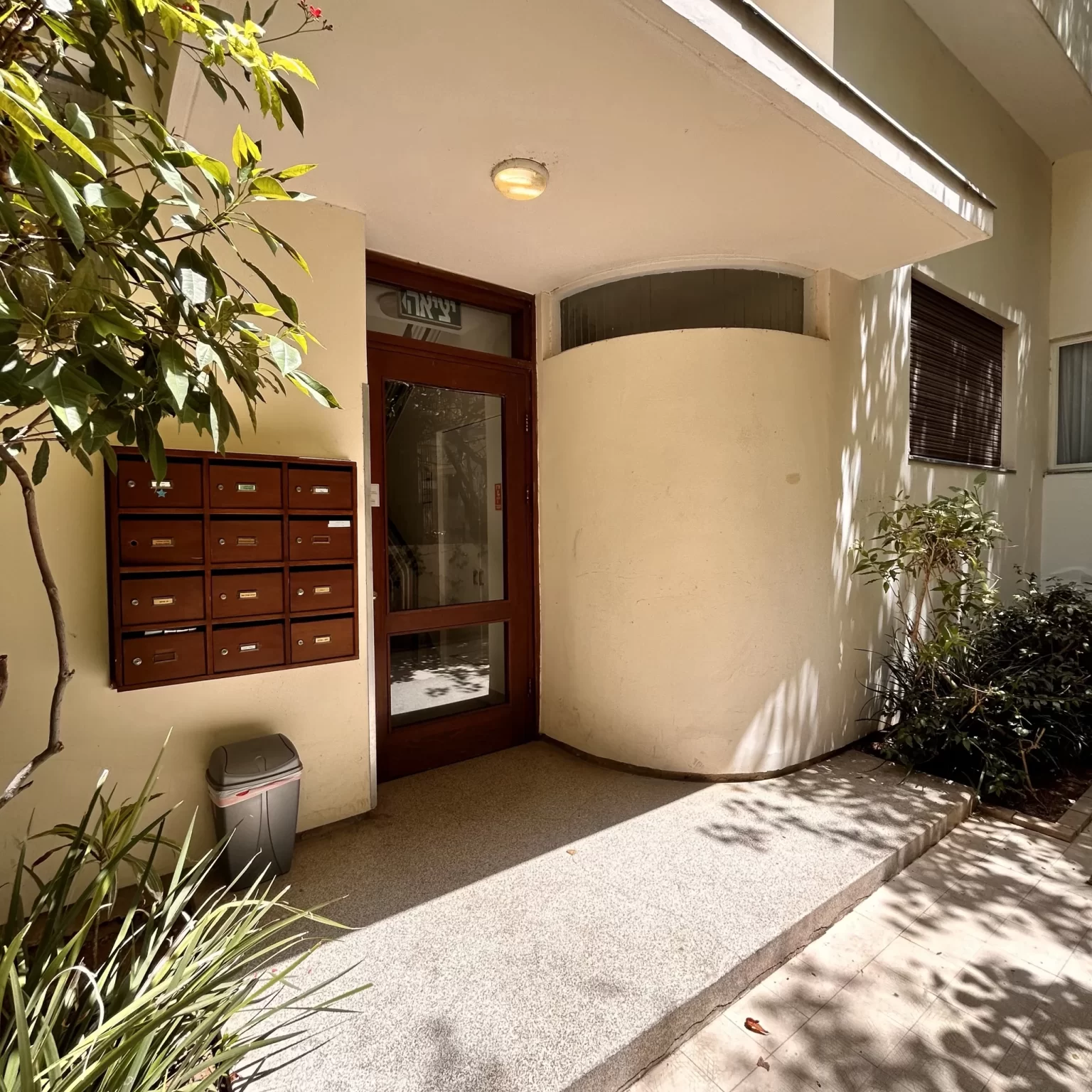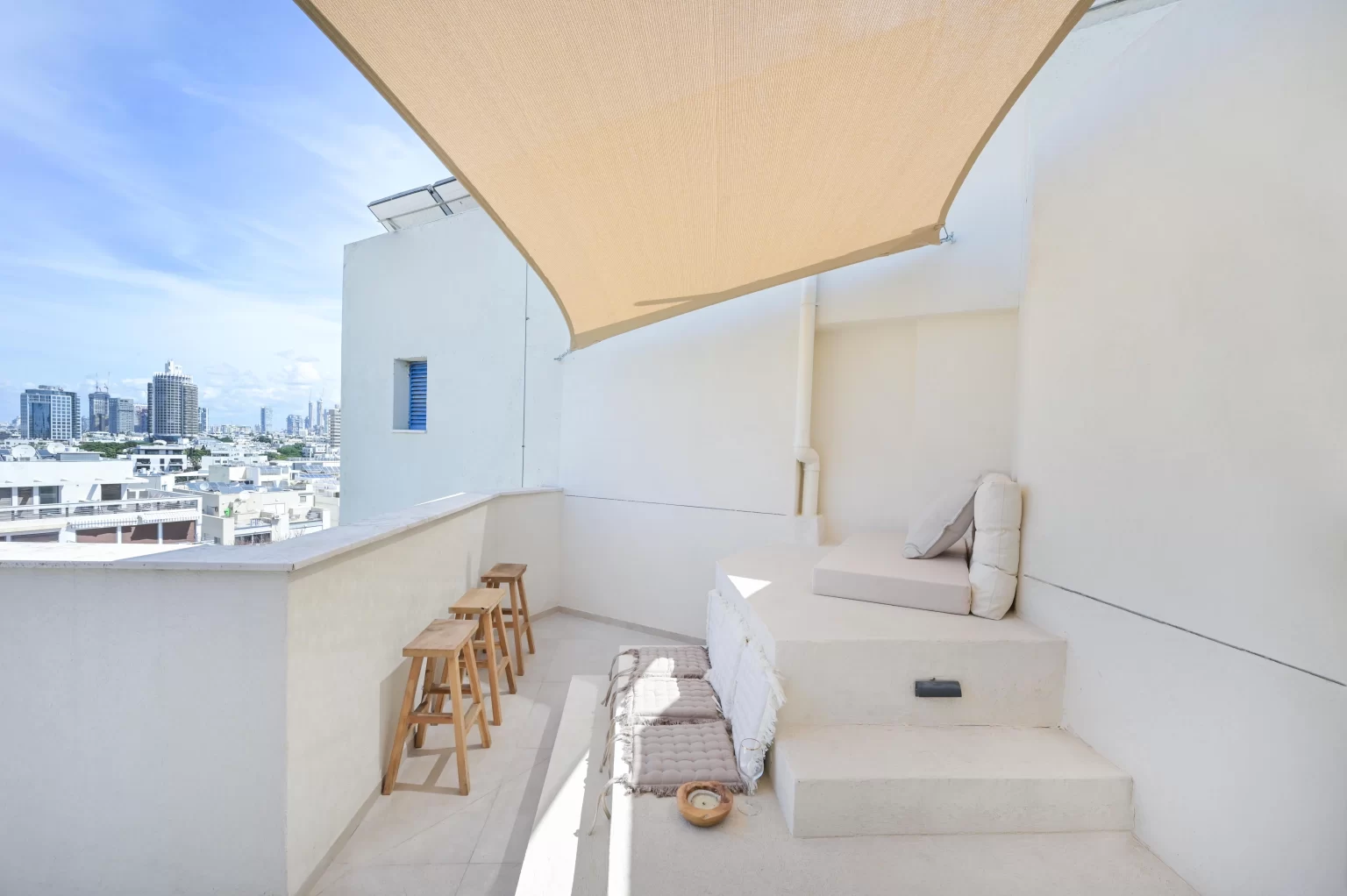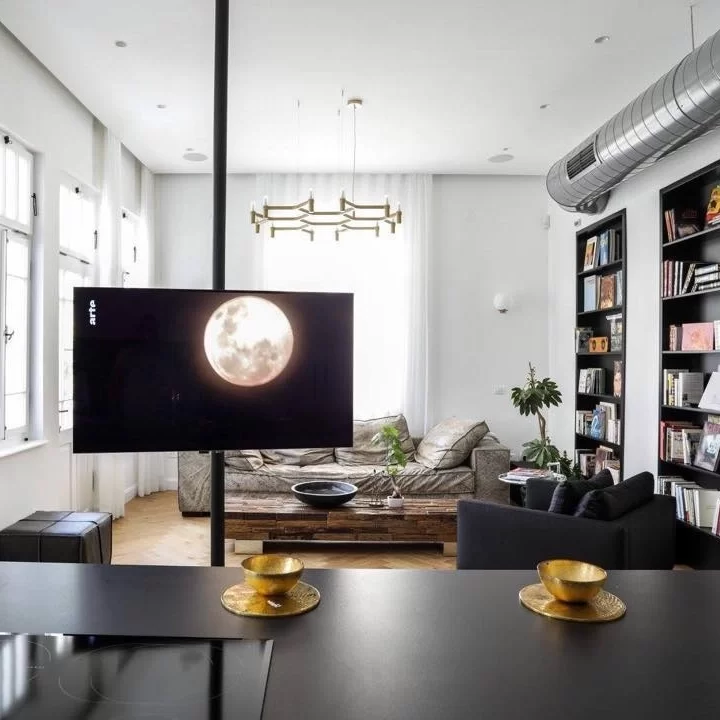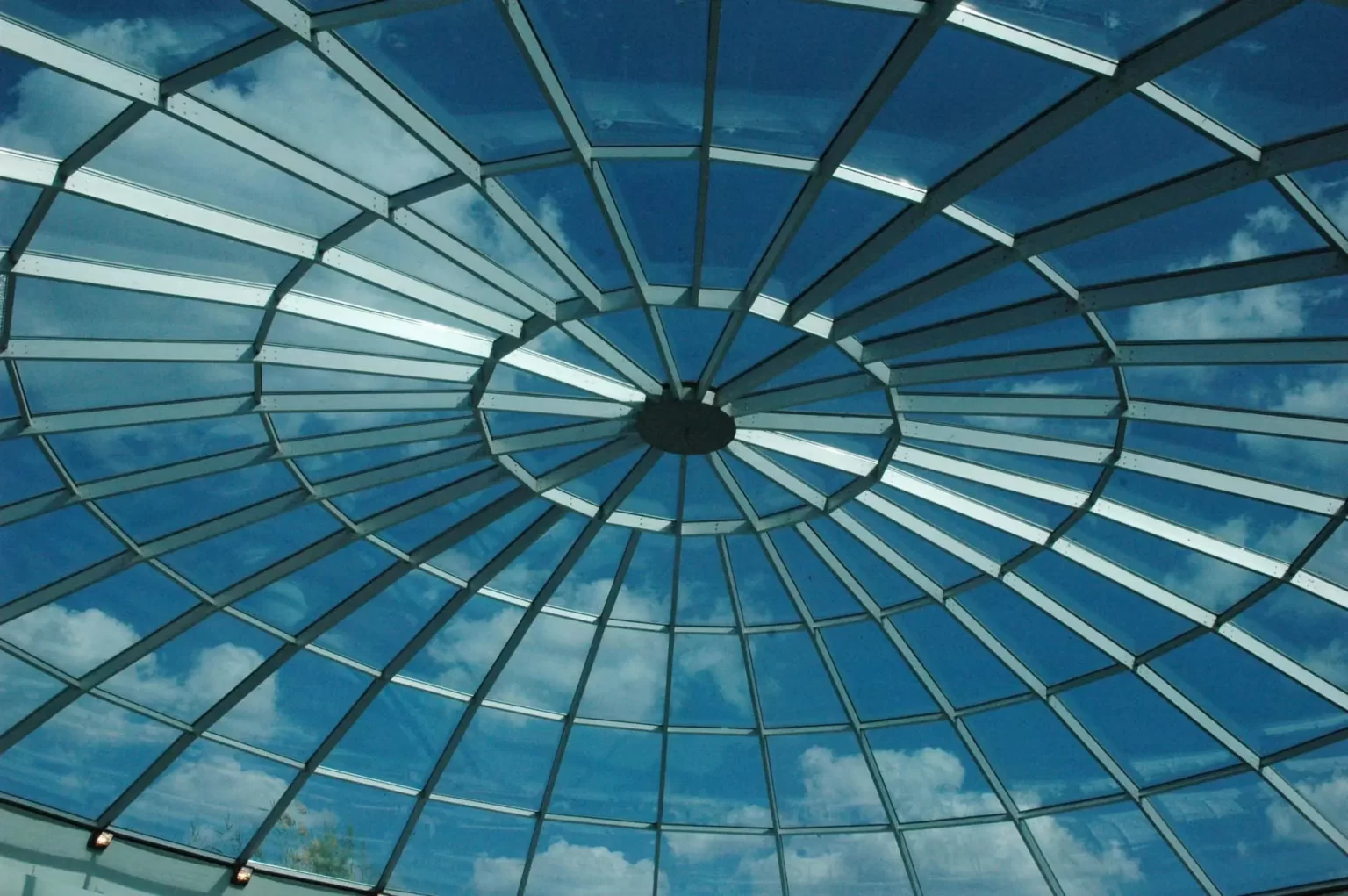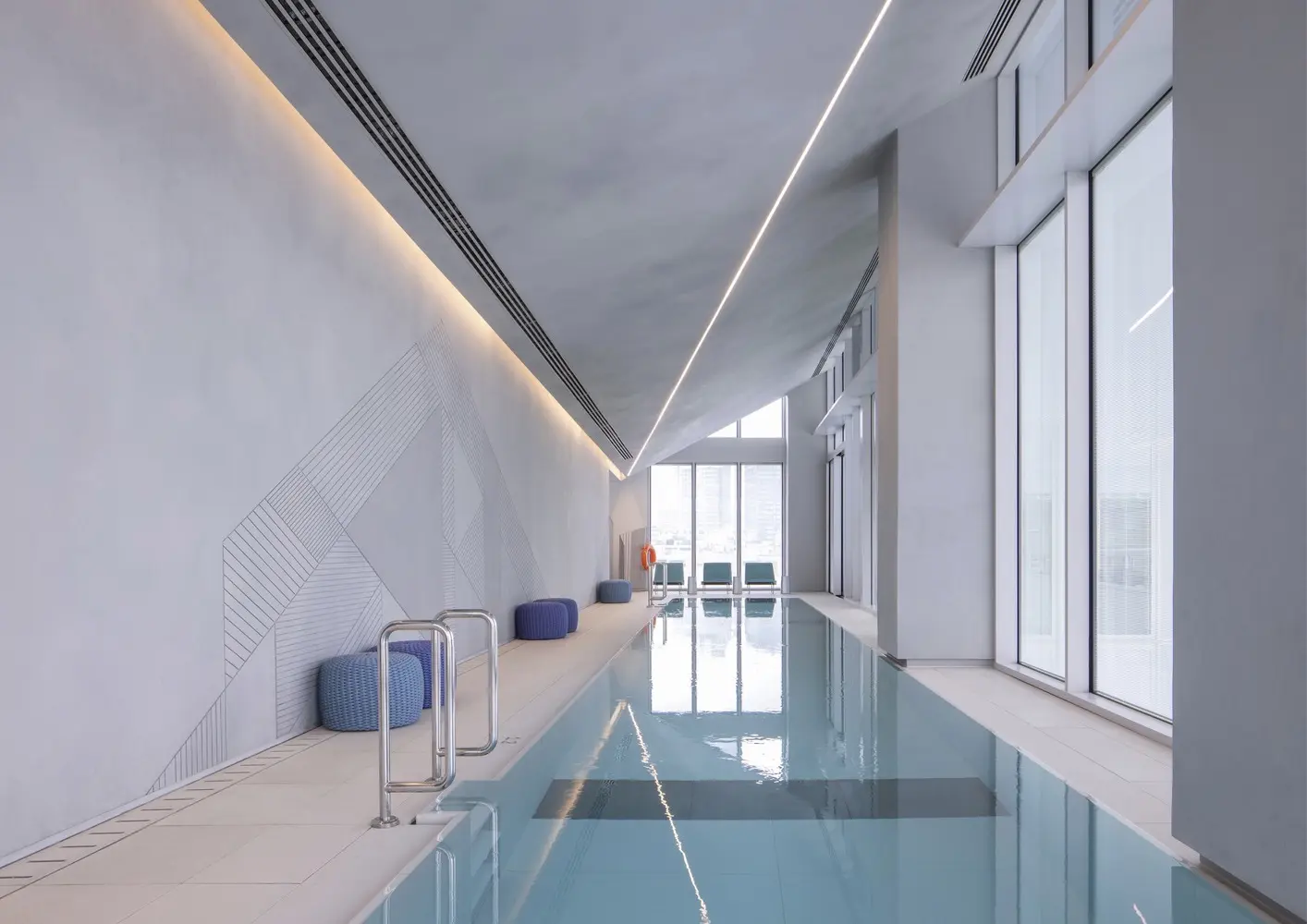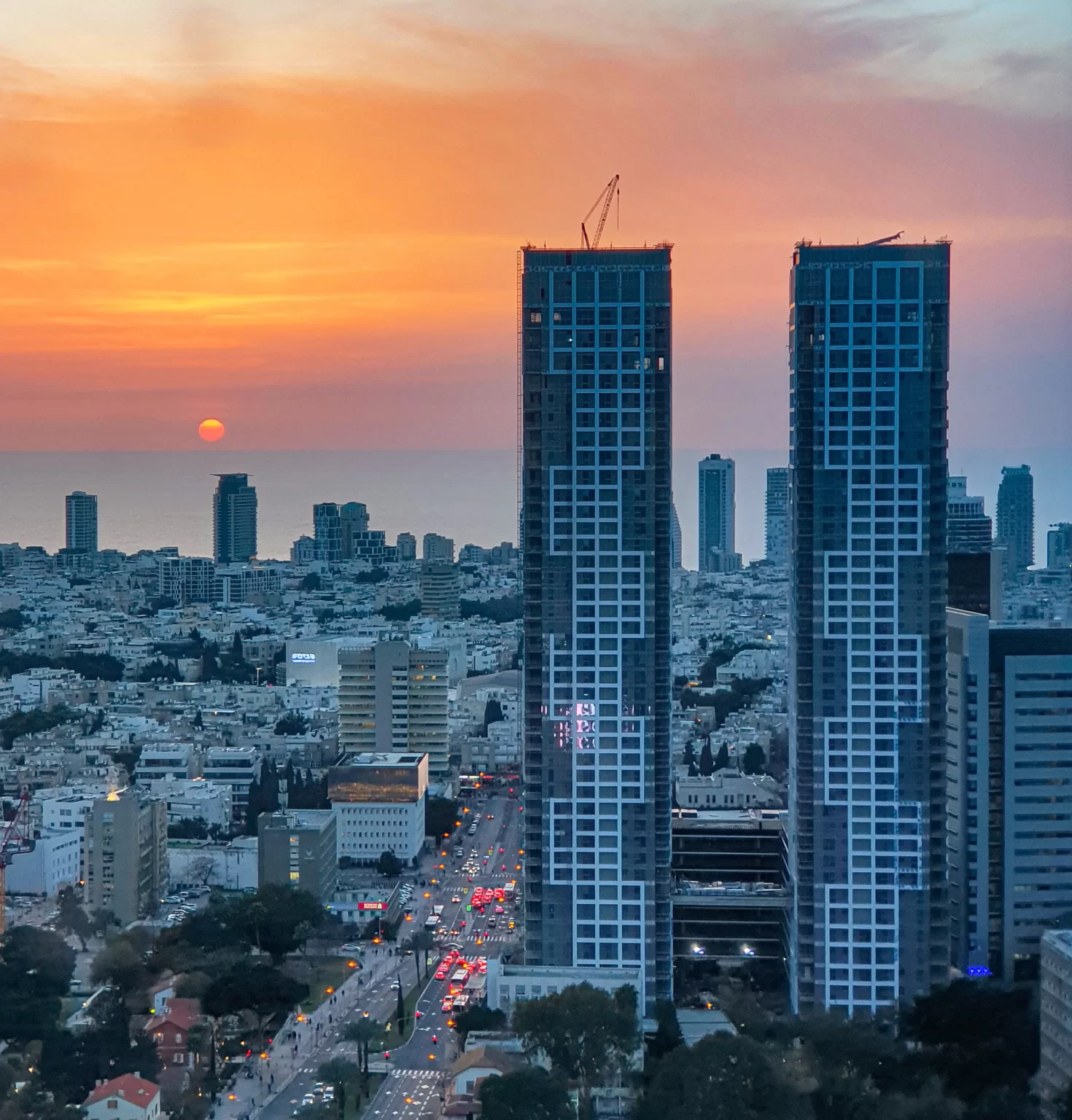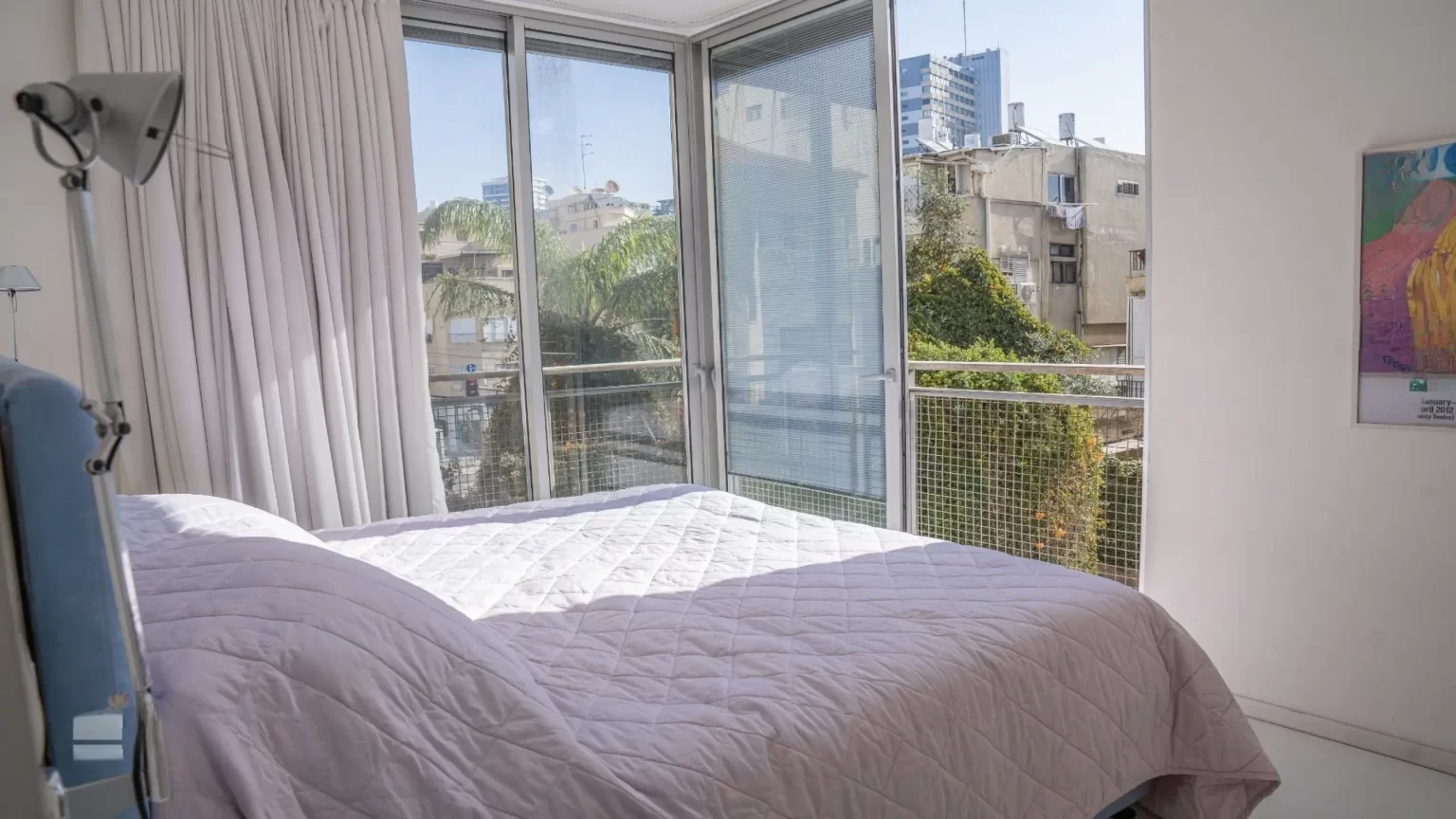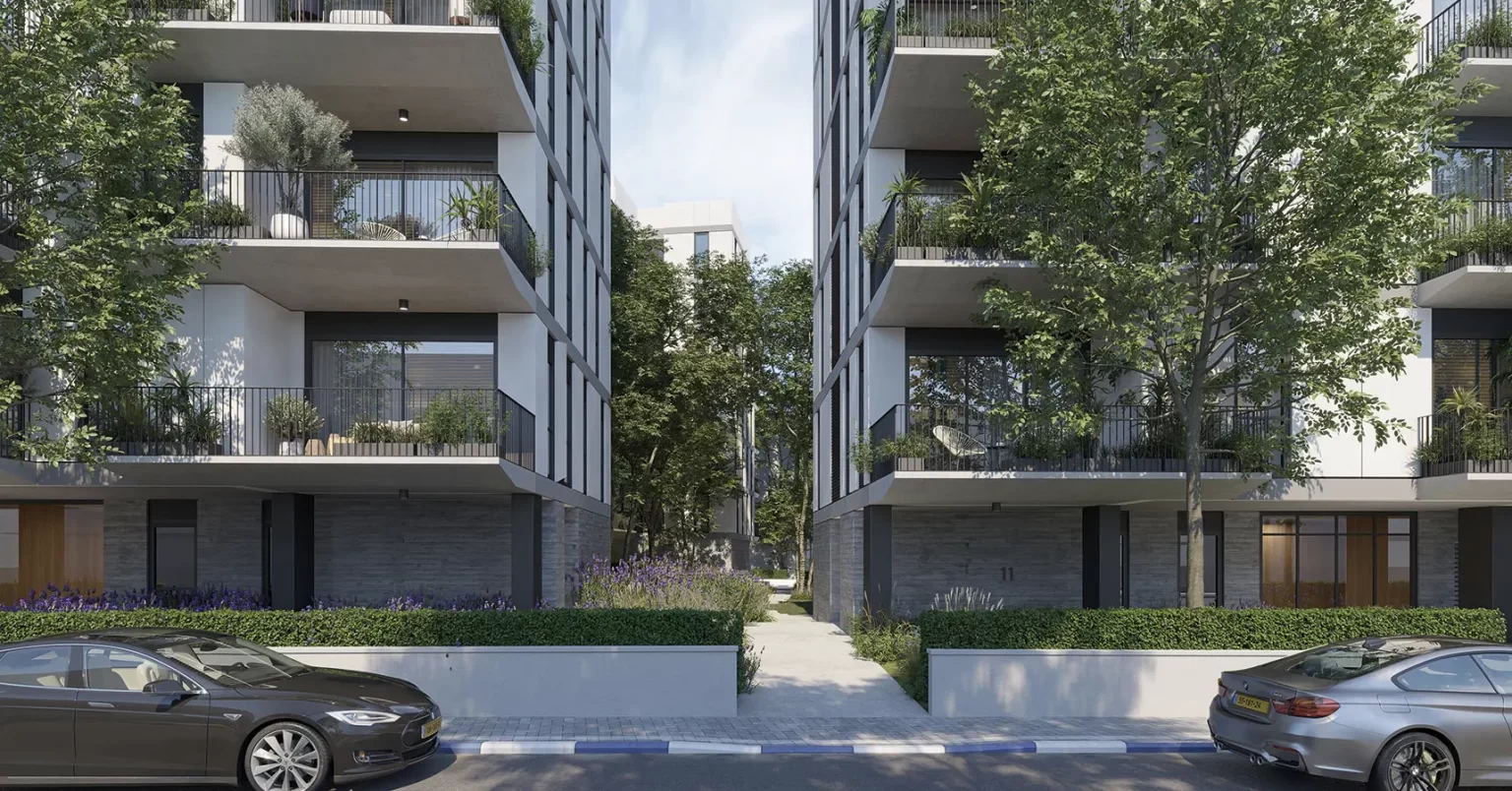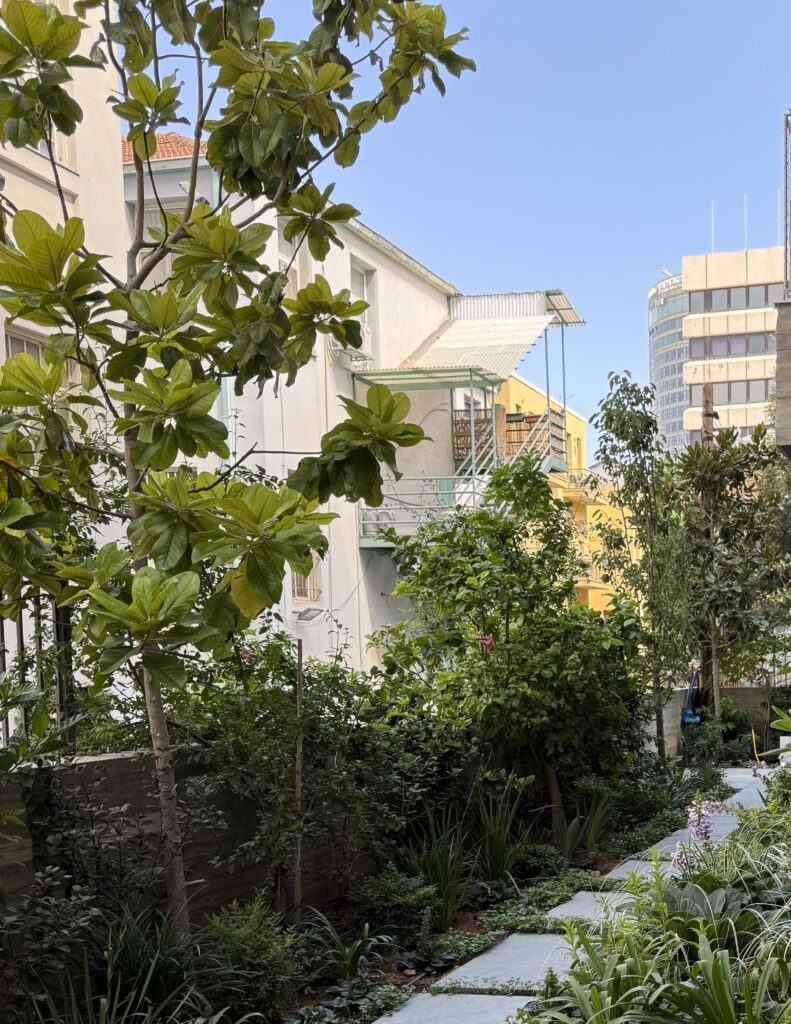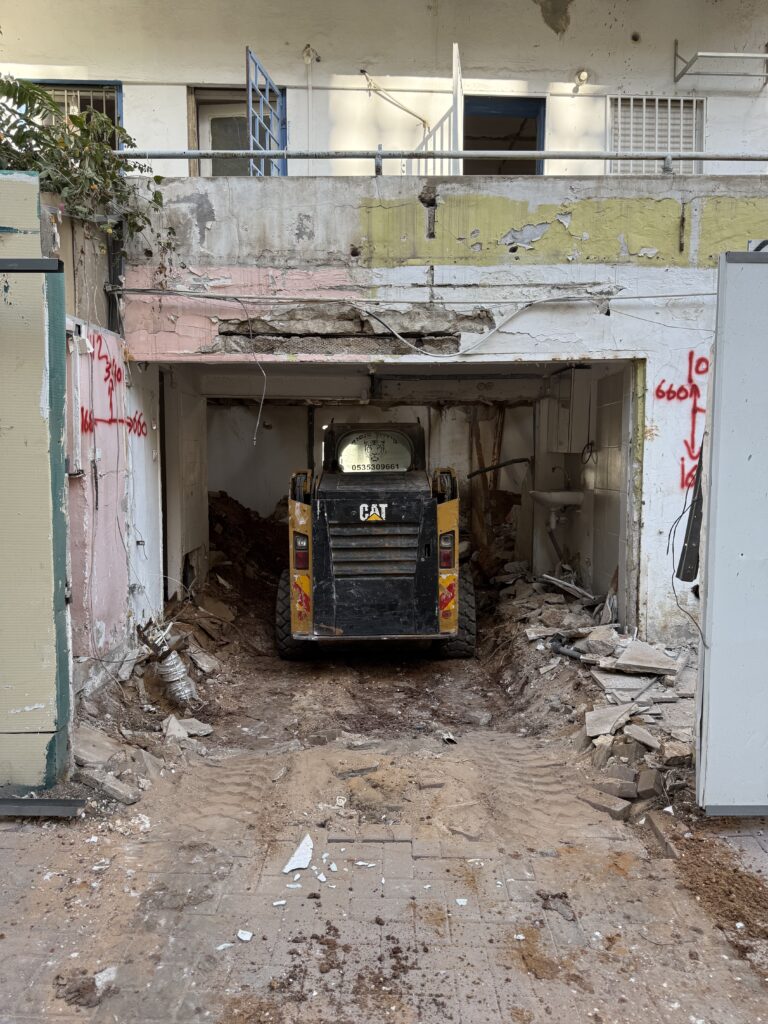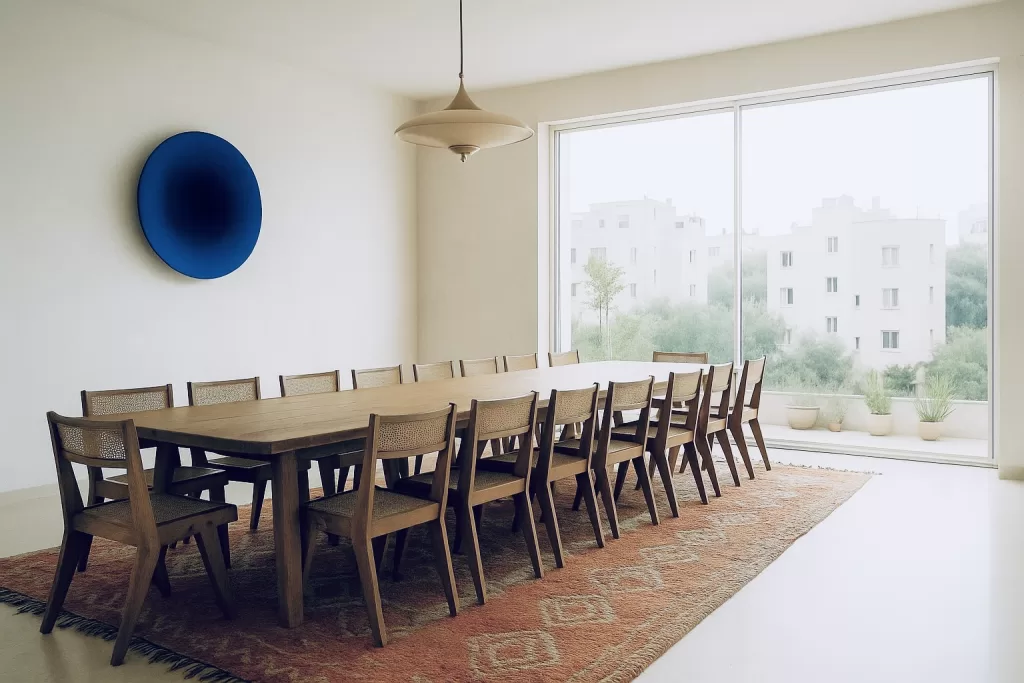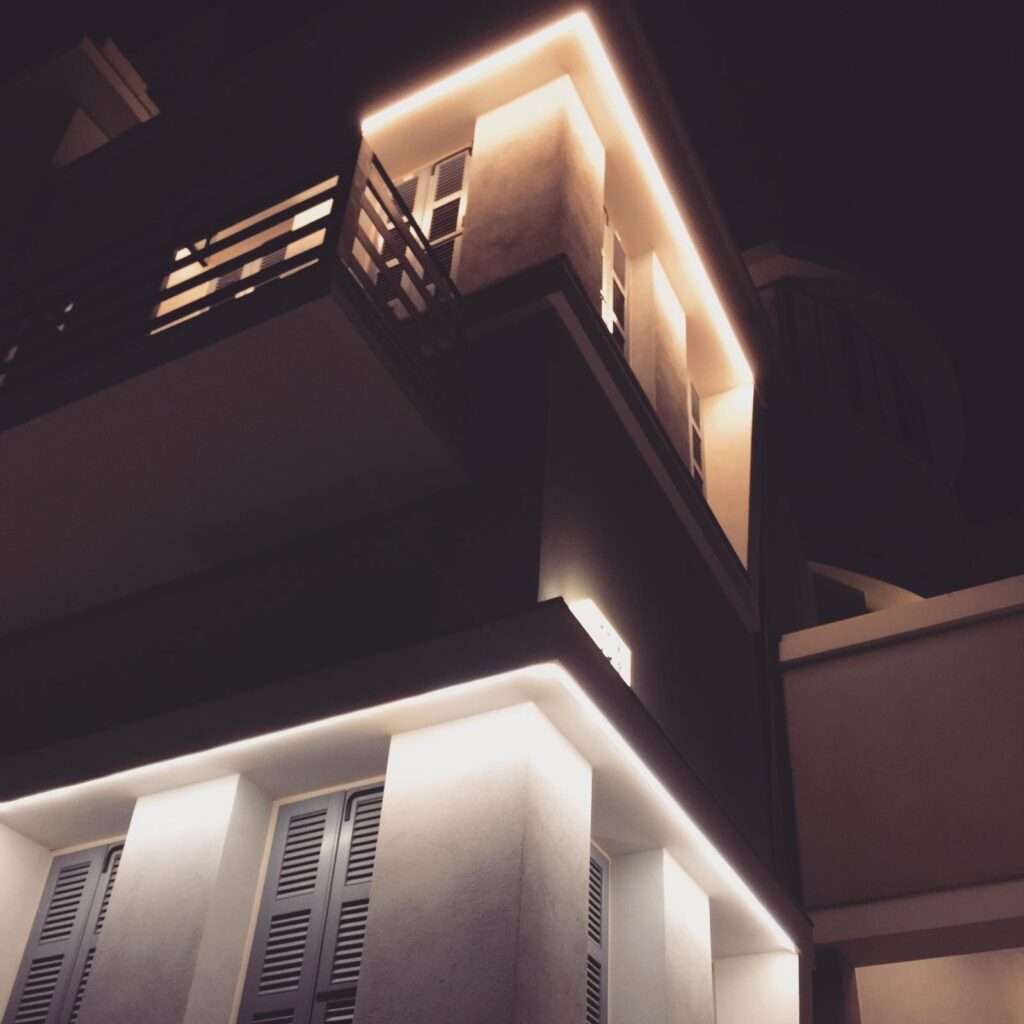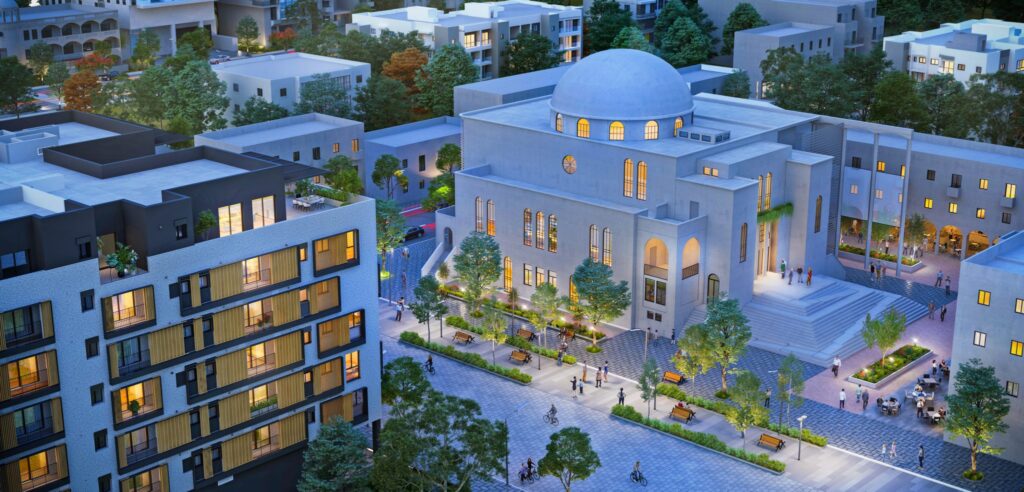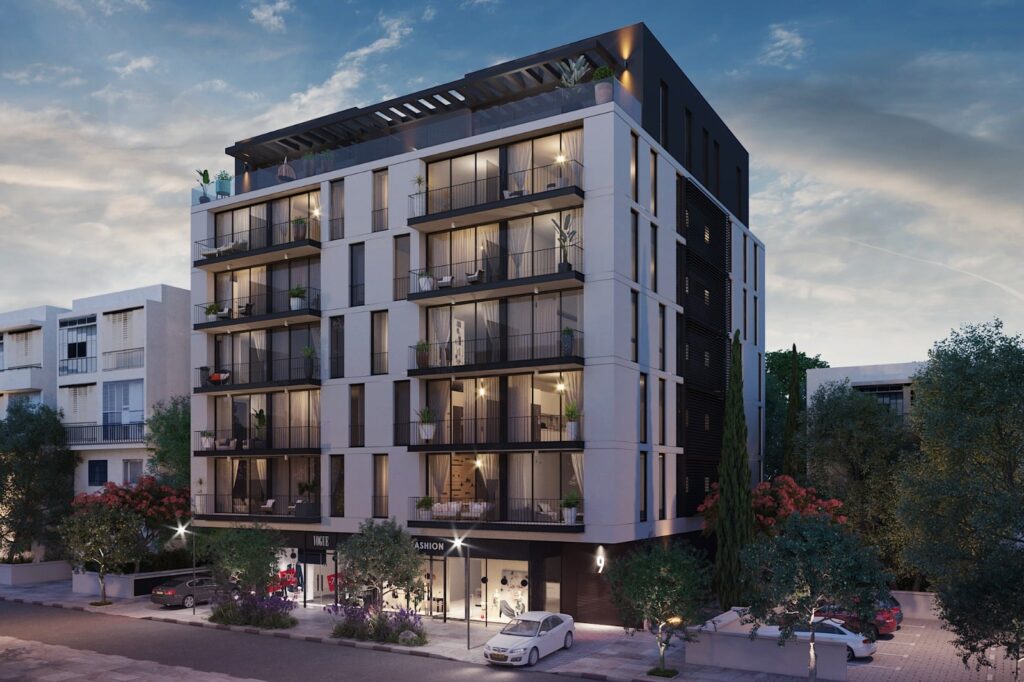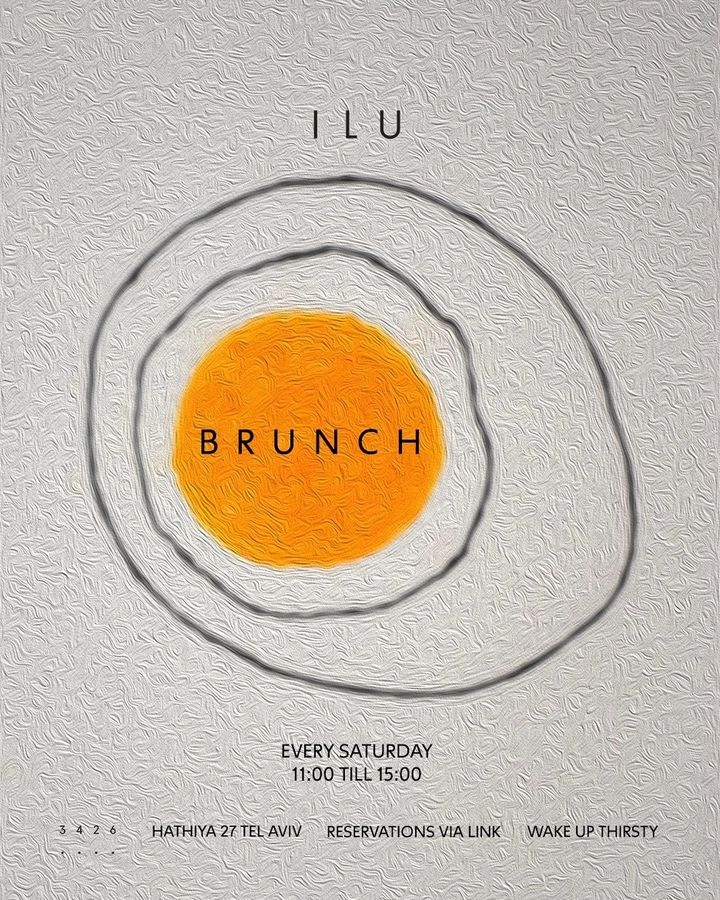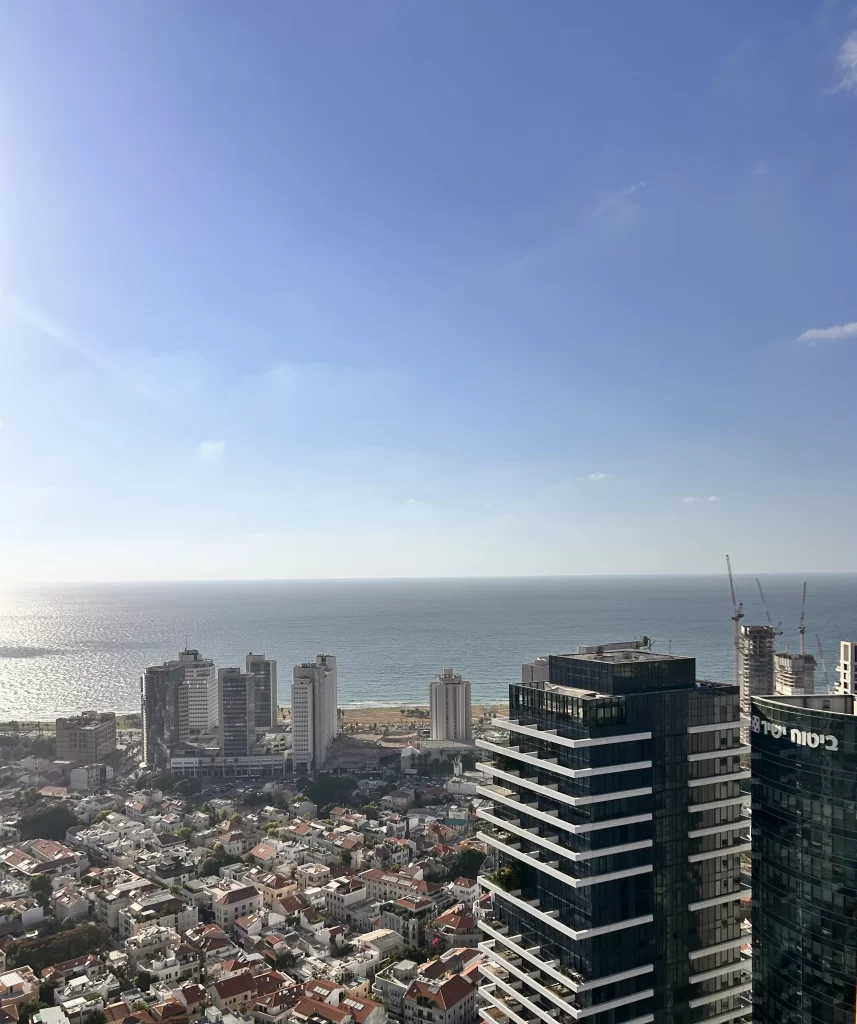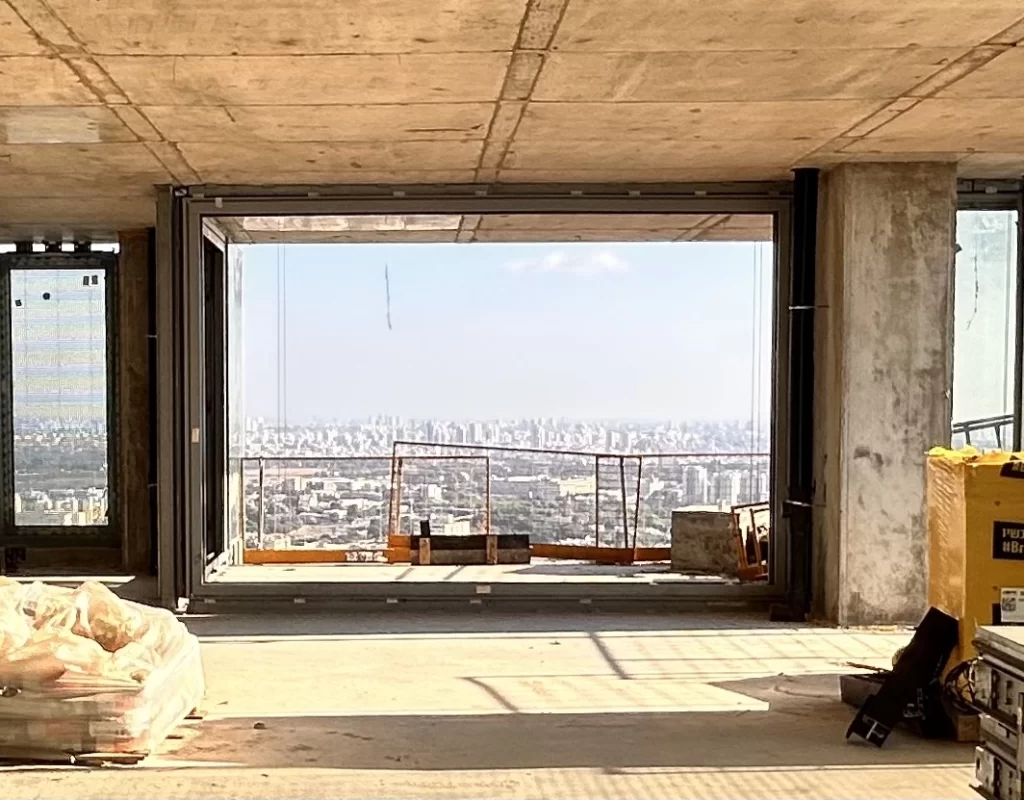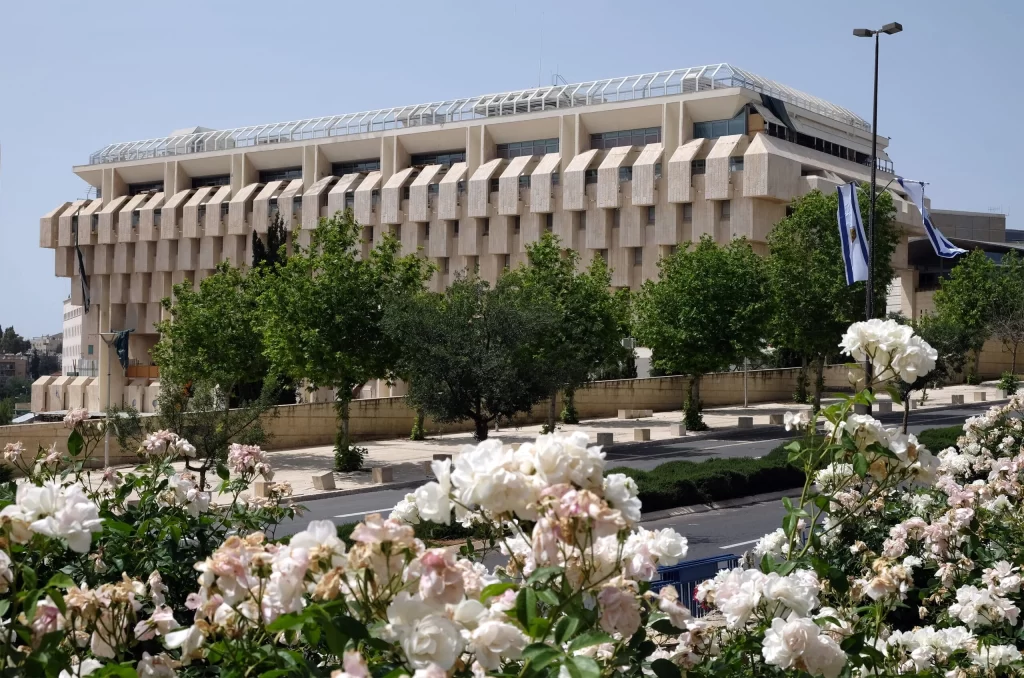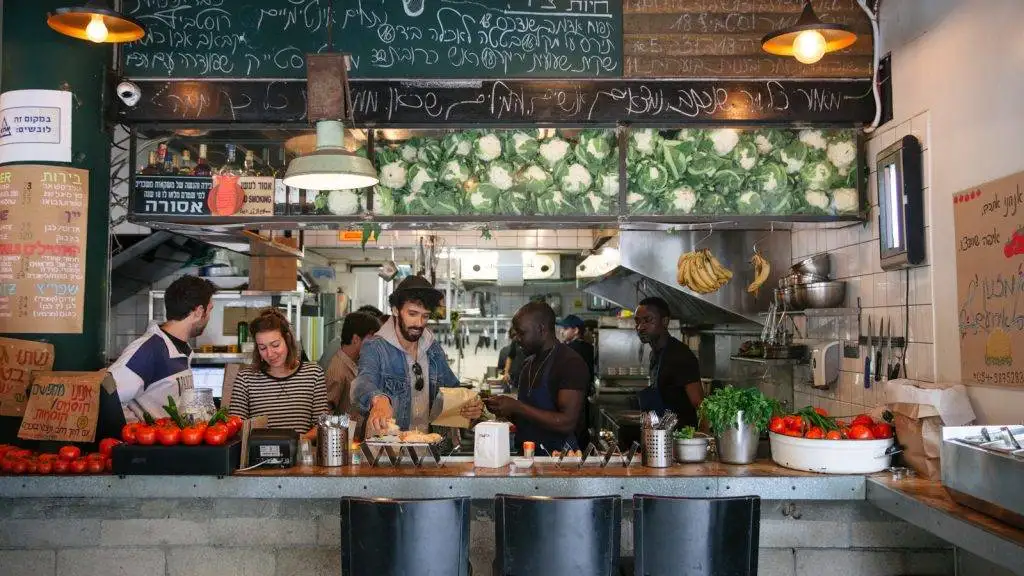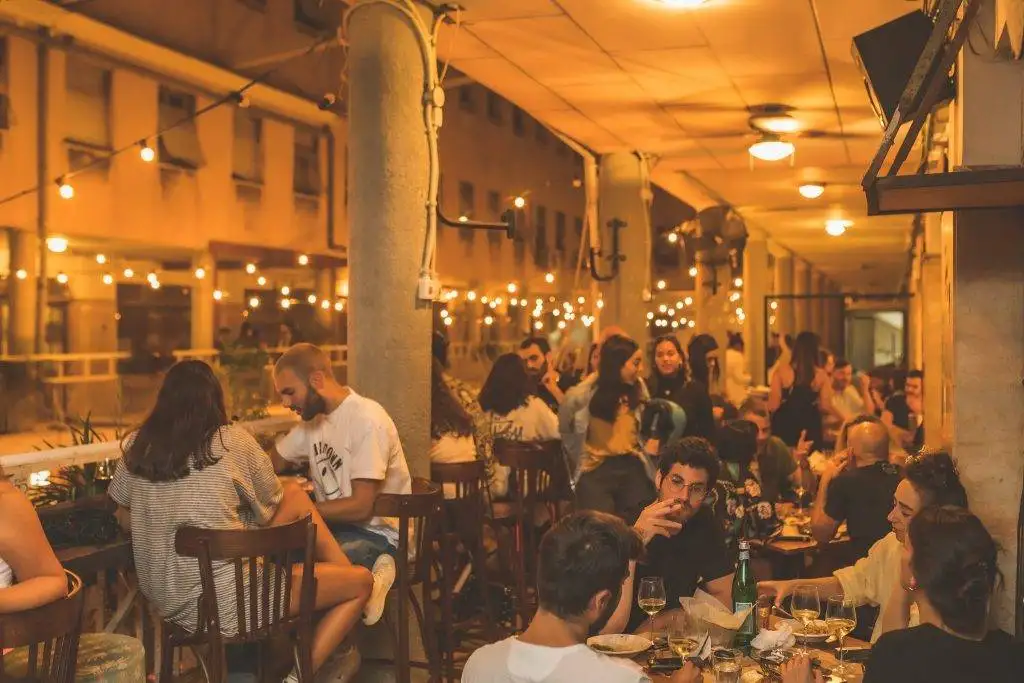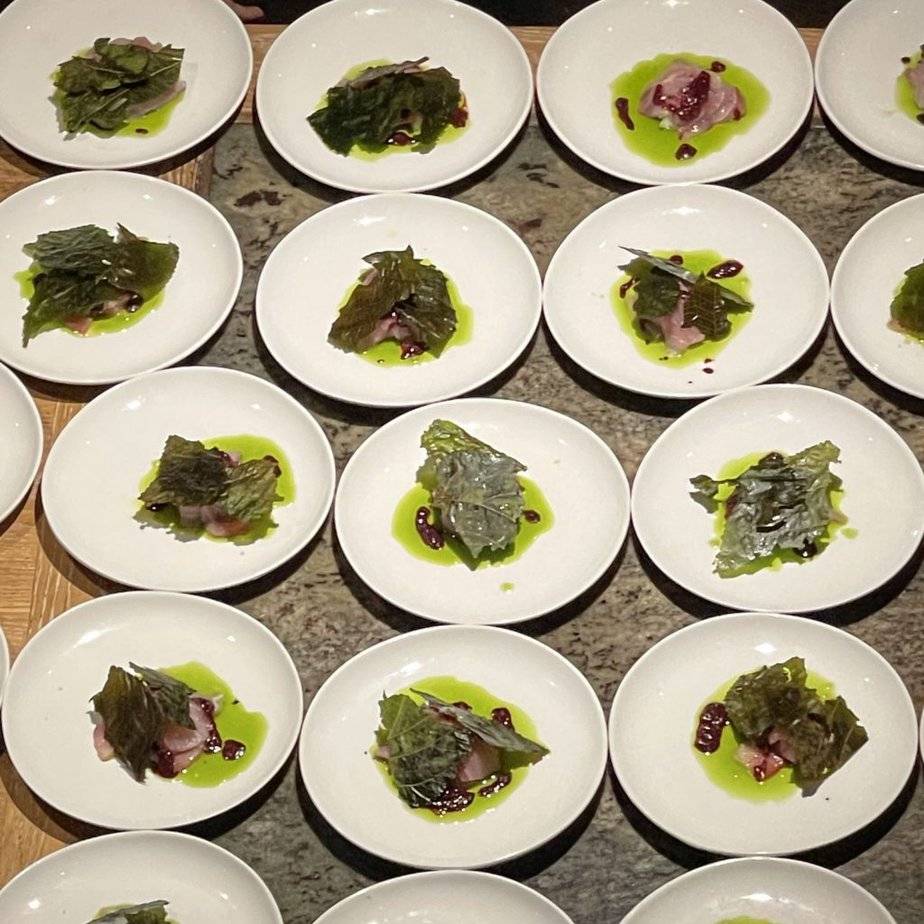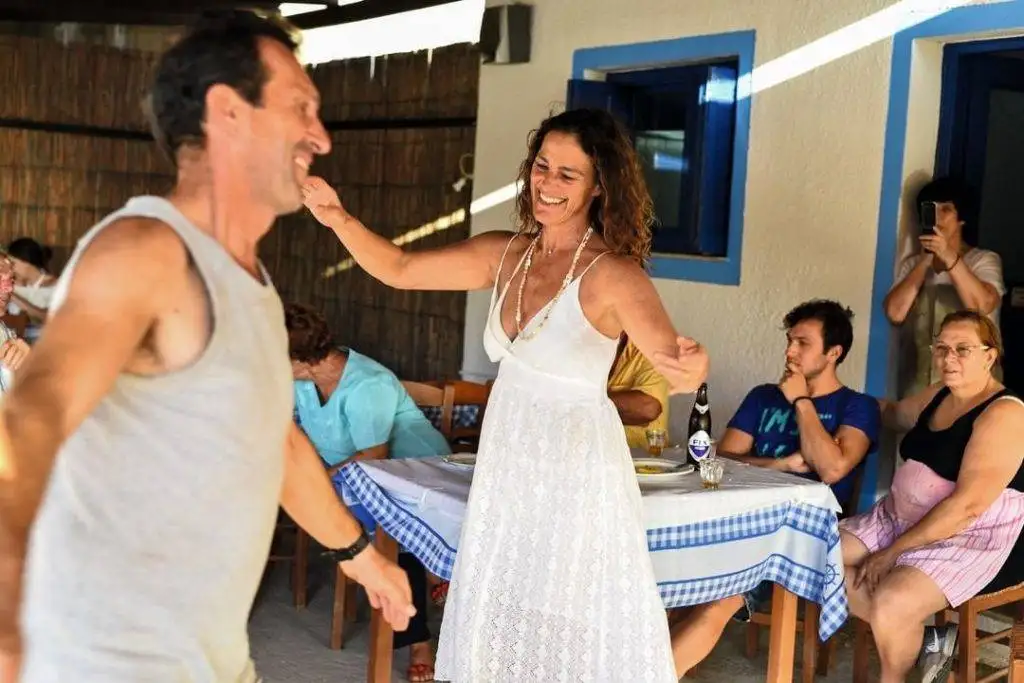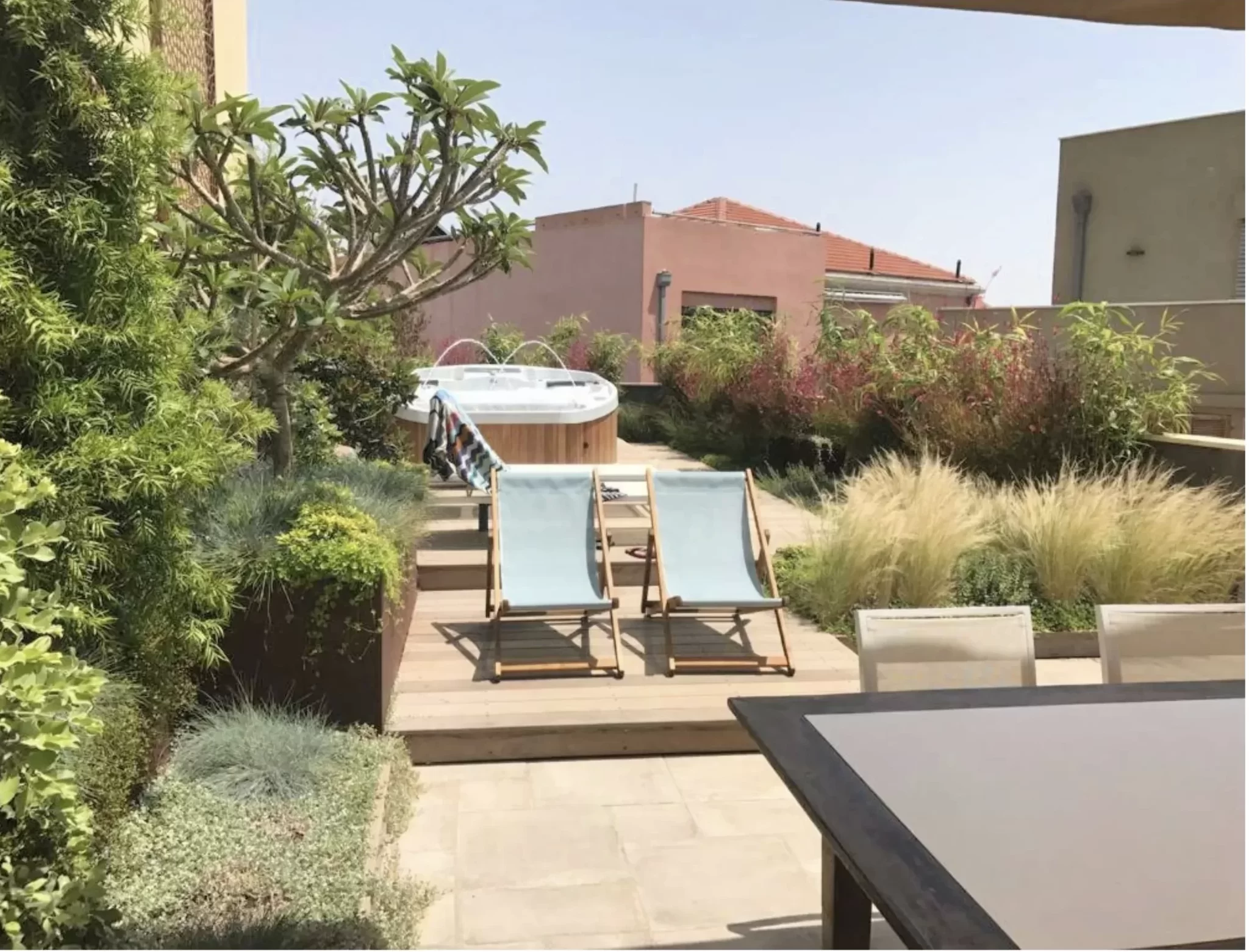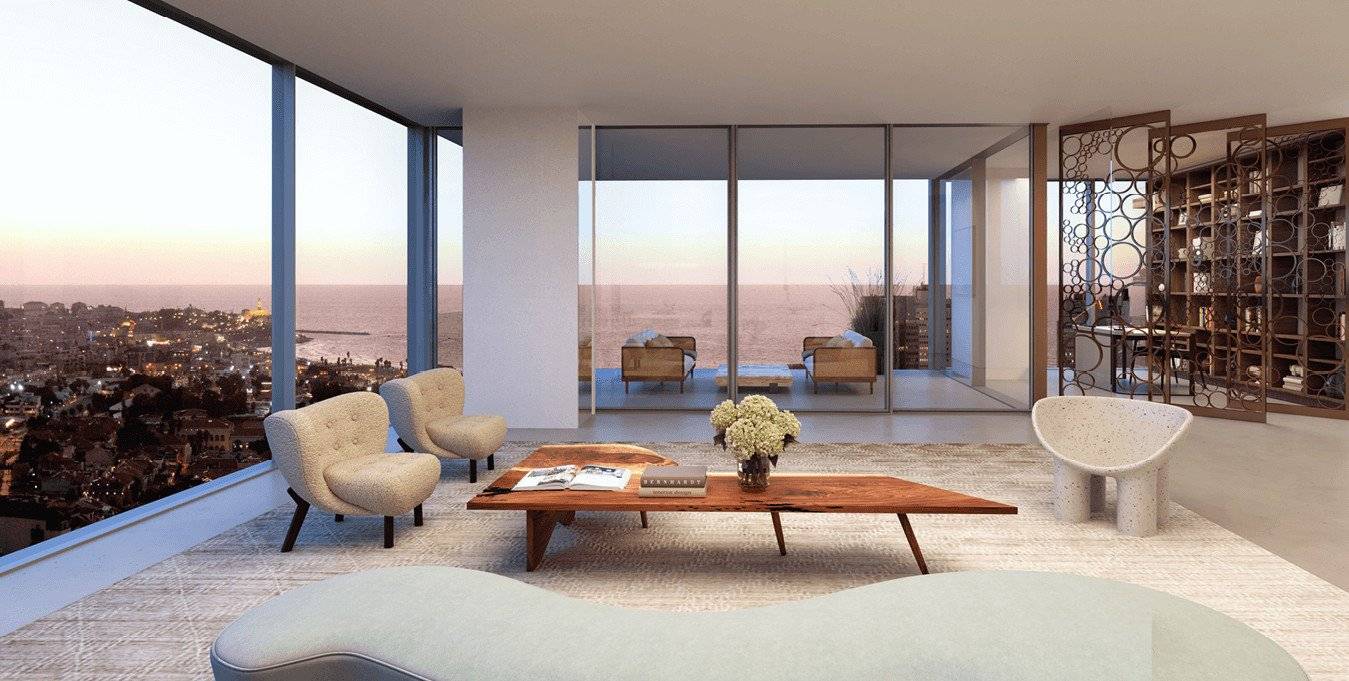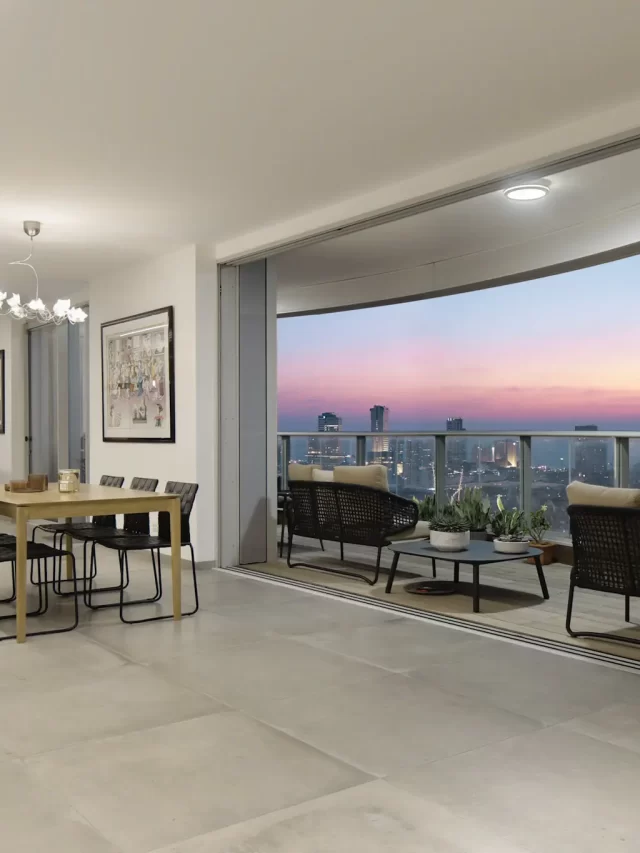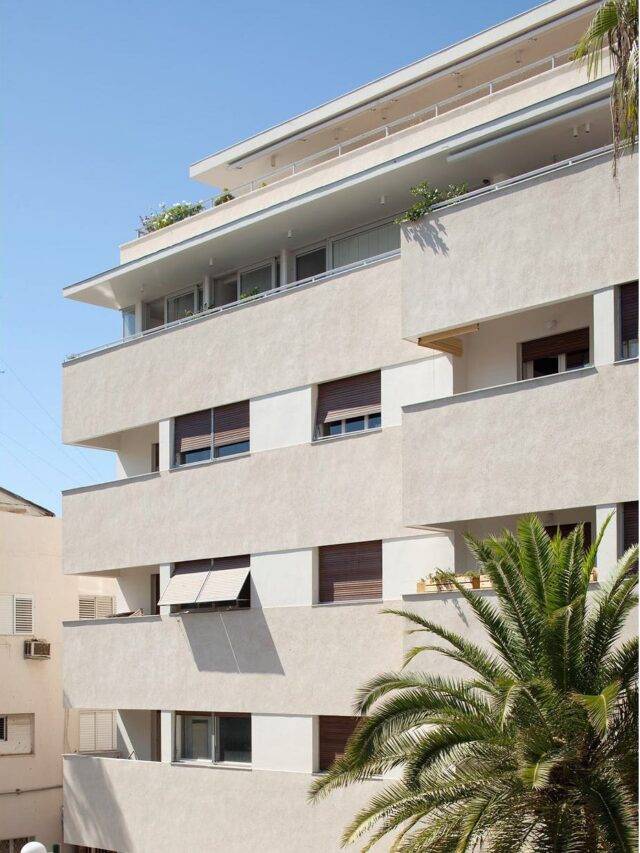Passage Pensak
Tel Aviv’s first elevator and rooftop restaurant.
Tel Aviv Heritage Pensaks Passage 1920s Culture
Tel Aviv Heritage Pensaks Passage 1920s Culture
Tel Aviv Heritage Pensaks Passage 1920s Culture
Tel Aviv Heritage Pensaks Passage 1920s Culture
Tel Aviv Heritage Pensaks Passage 1920s Culture
Tel Aviv Heritage Pensaks Passage 1920s Culture
Tel Aviv Heritage Pensaks Passage 1920s Culture
Tel Aviv Heritage Pensaks Passage 1920s Culture
Tel Aviv Heritage Pensaks Passage 1920s Culture
Tel Aviv Heritage Pensaks Passage 1920s Culture
Tel Aviv Heritage Pensaks Passage 1920s Culture
Pensak s Passage
Pensak s Passage
Pensak s Passage
Pensak s Passage
Pensak s Passage
Pensak s Passage
Tel Aviv history
Tel Aviv history
Tel Aviv history
Tel Aviv history
Tel Aviv history
Tel Aviv history
1920s Hebrew cultural life
1920s Hebrew cultural life
1920s Hebrew cultural life
1920s Hebrew cultural life
1920s Hebrew cultural life
1920s Hebrew cultural life
Rooftop restaurants
Rooftop restaurants
Rooftop restaurants
Rooftop restaurants
Rooftop restaurants
Rooftop restaurants
Nahalat Binyamin Street
Nahalat Binyamin Street
Nahalat Binyamin Street
Nahalat Binyamin Street
Nahalat Binyamin Street
Nahalat Binyamin Street
Herzl Street
Herzl Street
Herzl Street
Herzl Street
Herzl Street
Herzl Street
Allenby Street
Allenby Street
Allenby Street
Allenby Street
Allenby Street
Allenby Street
Arab-Jaffa style houses
Arab-Jaffa style houses
Arab-Jaffa style houses
Arab-Jaffa style houses
Arab-Jaffa style houses
Arab-Jaffa style houses
European style houses
European style houses
European style houses
European style houses
European style houses
European style houses
Tel Aviv urban landscape
Tel Aviv urban landscape
Tel Aviv urban landscape
Tel Aviv urban landscape
Tel Aviv urban landscape
Tel Aviv urban landscape
Eretz Yisrael Opera
Eretz Yisrael Opera
Eretz Yisrael Opera
Eretz Yisrael Opera
Eretz Yisrael Opera
Eretz Yisrael Opera
Purim celebrations
Purim celebrations
Purim celebrations
Purim celebrations
Purim celebrations
Purim celebrations
Hasharon restaurant
Hasharon restaurant
Hasharon restaurant
Hasharon restaurant
Hasharon restaurant
Hasharon restaurant
Zvi Arieh Pensak
Zvi Arieh Pensak
Zvi Arieh Pensak
Zvi Arieh Pensak
Zvi Arieh Pensak
Zvi Arieh Pensak
Melk & Rosenfeld wallet factory
Melk & Rosenfeld wallet factory
Melk & Rosenfeld wallet factory
Melk & Rosenfeld wallet factory
Melk & Rosenfeld wallet factory
Melk & Rosenfeld wallet factory
Yedioth Ahronoth newspaper
Yedioth Ahronoth newspaper
Yedioth Ahronoth newspaper
Yedioth Ahronoth newspaper
Yedioth Ahronoth newspaper
Yedioth Ahronoth newspaper
Afula Express movie
Afula Express movie
Afula Express movie
Afula Express movie
Afula Express movie
Afula Express movie
Building laws enforcement
Building laws enforcement
Building laws enforcement
Building laws enforcement
Building laws enforcement
Building laws enforcement
Geddes city planning
Geddes city planning
Geddes city planning
Geddes city planning
Geddes city planning
Geddes city planning
Architectural preservation
Architectural preservation
Architectural preservation
Architectural preservation
Architectural preservation
Architectural preservation
Tel Aviv commercial areas
Tel Aviv commercial areas
Tel Aviv commercial areas
Tel Aviv commercial areas
Tel Aviv commercial areas
Tel Aviv commercial areas
Hebrew literary magazines
Hebrew literary magazines
Hebrew literary magazines
Hebrew literary magazines
Hebrew literary magazines
Hebrew literary magazines
Symphonic orchestras
Symphonic orchestras
Symphonic orchestras
Symphonic orchestras
Symphonic orchestras
Symphonic orchestras
Classical dance performances
Classical dance performances
Classical dance performances
Classical dance performances
Classical dance performances
Classical dance performances
Gypsy violinist
Gypsy violinist
Gypsy violinist
Gypsy violinist
Gypsy violinist
Gypsy violinist
Hezkel Ish Kasit café
Hezkel Ish Kasit café
Hezkel Ish Kasit café
Hezkel Ish Kasit café
Hezkel Ish Kasit café
Hezkel Ish Kasit café
Modern Tel Aviv architecture
Modern Tel Aviv architecture
Modern Tel Aviv architecture
Modern Tel Aviv architecture
Modern Tel Aviv architecture
Modern Tel Aviv architecture
Early 20th century lifestyle
Early 20th century lifestyle
Early 20th century lifestyle
Early 20th century lifestyle
Early 20th century lifestyle
Early 20th century lifestyle
Pensak Properties
Pensak Properties
Pensak Properties
Pensak Properties
Pensak Properties
Pensak Properties
Historical Tel Aviv buildings
Historical Tel Aviv buildings
Historical Tel Aviv buildings
Historical Tel Aviv buildings
Historical Tel Aviv buildings
Historical Tel Aviv buildings
Introducing Passage Pensak (The Pensak Corridor): Tel Aviv’s FirstElevator and Rooftop Dining Experience
The Pensak Corridor (Passage Pensak) came into existence in 1924 at 16 Herzl Street, marking the inaugural commercial hub in Tel Aviv and Israel as a whole. The driving force behind its creation was Zvi Arieh Pensak, a Jewish entrepreneur and a distinguished leader within Brooklyn’s Jewish community, comprising roughly 750,000 individuals. Born in 1868, Pensak relocated to Israel during the Second Aliyah at 45 years old. Following the First World War, he successfully constructed and cultivated properties across Eretz Yisrael.
A passionate Zionist, Pensak remarked, “I abandoned my entire family and children, opting to reside in this land. I’ve always believed that every Jew should live in the Holy Land, contributing to the establishment of our homeland in any way possible. I brought significant capital and initiated my trailblazing endeavors by erecting Tel Aviv’s first office building. Despite the substantial financial investment and the toll it took on my health and emotional well-being, I never wavered in my conviction, understanding that such pioneering work demands sacrifices of both health and emotional resilience.”
Initially, the site of the Pensak Corridor (Passage Pensak) served as a parking area for taxis ferrying passengers to Jerusalem. In 1921, Yehuda Leib Magidovich designed and constructed a single-story building on the site, which was subsequently torn down in 1924.
In its stead, the Pensak Corridor emerged, a grand three-story edifice encircling a central courtyard. Each level of the building features a balcony that connects its wings and overlooks the courtyard. The construction concluded in 1925, and two years later, Magidovich expanded the structure by adding a fourth floor and an elevator for transporting goods to the various stores.
Shmuel Wilson, a United States immigrant, became the contractor for the project. Before moving to Israel, he inquired of Menachem Shenkin whether there was a demand for building contractors in Eretz Yisrael. Later known as Sam, Wilson became a highly sought-after contractor, renowned for utilizing high-quality materials and innovative construction techniques. He effectively disrupted the construction monopoly held by Arab contractors.
The façade of Passage Pensak was designed in the Neoclassical style, a signature of Magidovich‘s architectural work during the 1920s. As Tel Aviv’s first commercial and office building, it has accommodated numerous shops, workshops, offices, and printing houses over time. The building was also home to Tel Aviv’s first elevator, originally referred to as “ma’aliyah” instead of the modern Hebrew term “ma’alit.” Signs directing people to the elevator are still visible today.
The term “passage” typically refers to a covered arcade or gallery featuring a glass roof and symmetrical façade, used exclusively by pedestrians as part of an urban block in Europe. Thanks to advancements in cast iron and glass usage, these passages were incredibly popular during the 19th century. However, Passage Pensak does not resemble traditional European arcades, as it lacks a glass-covered passageway. Instead, it is more akin to a department store of that era, with multiple departments facing a central interior space.
Historically, department stores were large buildings occupying an entire block, with a façade featuring shop windows and an interior central space covered with glass. Passage Pensak has shop windows facing Herzl Street and an interior space that, although not covered with glass, allows for natural light. Similar to traditional department store façades, Passage Pensak features symmetrical pilasters, balconies, and grand stairs, yet it is neither a department store nor an arcade, as it was designed for offices and shops with separate ownership.
The building’s façade resembles those of department stores found in Europe and the United States. The ground floor entrance is symmetrically centered between four shop windows (two on each side) and features rusticated stonework. Rusticated stone pillars are situated between each window. Above the ground floor, in the center of the building, the stairwell showcases three arched windows, two stories high, with Corinthian pilasters between the windows. The sides also feature two-story-high Corinthian pilasters.
Additional sets of pilasters with flat decorations at the top unite the third and fourth floors (the fourth floor has no windows). Windows are present on the first, second, and third floors, between each pilaster. The first floor has four windows with a continuous balcony, while the second floor has four more windows, with balconies for the two middle ones.
All balconies are made of concrete slabs and rest on lugs adorned with volutes. The railings are composed of iron bars. The third floor features four windows, with a single continuous balcony for the main windows. In the center of the building, a balcony is located above the windows. The entire front of the top floor is adorned with a stylish, rounded cornice.
The name Passage Pensak may have been chosen because it offers a passageway from the entrance into the courtyard. However, the building does not fit the architectural definition of a passage or arcade, and the term was not Hebrew, which was met with opposition at the time. Nonetheless, Passage Pensak was a unique building in the Herzl Street landscape, as most structures in Tel Aviv during that period were two-story, single-family homes or apartment buildings. This three-story building had no garden and was situated directly on the sidewalk.
From the mid-1920s, three-story buildings with at least six apartments each began to be built in Tel Aviv, making neighborhoods more crowded. Streets like Nahalat Binyamin, Herzl, and Allenby became commercial areas, and the garden city landscape disappeared. Houses were built in Arab-Jaffa or European styles.
In the 1920s, Tel Aviv experienced a vibrant Hebrew cultural life with prominent writers, artists, theatres, literary magazines, newspapers, operas, orchestras, and dance performances. Public celebrations were held, and many cafes, restaurants, kiosks, boarding houses, hotels, and workers’ kitchens opened. Pensak’s Passage housed a rooftop restaurant called Hasharon, the first in Eretz Yisrael, which later closed due to an economic crisis. Over time, more businesses opened in the building, including the Pensak Restaurant, a wallet factory, replication factory, plastic workshop, and a coffee bar. In the 1980s and 1990s, some residential units were rented, but they were later evacuated due to opposition from the municipality.
The building’s ownership changed hands multiple times before being purchased by Haya and Yosef Schori in 1990, who managed it through Pensak Properties. In 1993, ownership was transferred to Yehuda Tzadok. The building has not been restored.
Enforcement of building laws in Pensak’s Passage remained strict. The building was constructed with an official permit, but when Pensak closed the balconies without a permit, he was warned and eventually indicted. He later applied for and received permission to add a balcony to the roof and an additional floor.
Today, Herzl 16 bar and restaurant occupies the ground floor courtyard.

